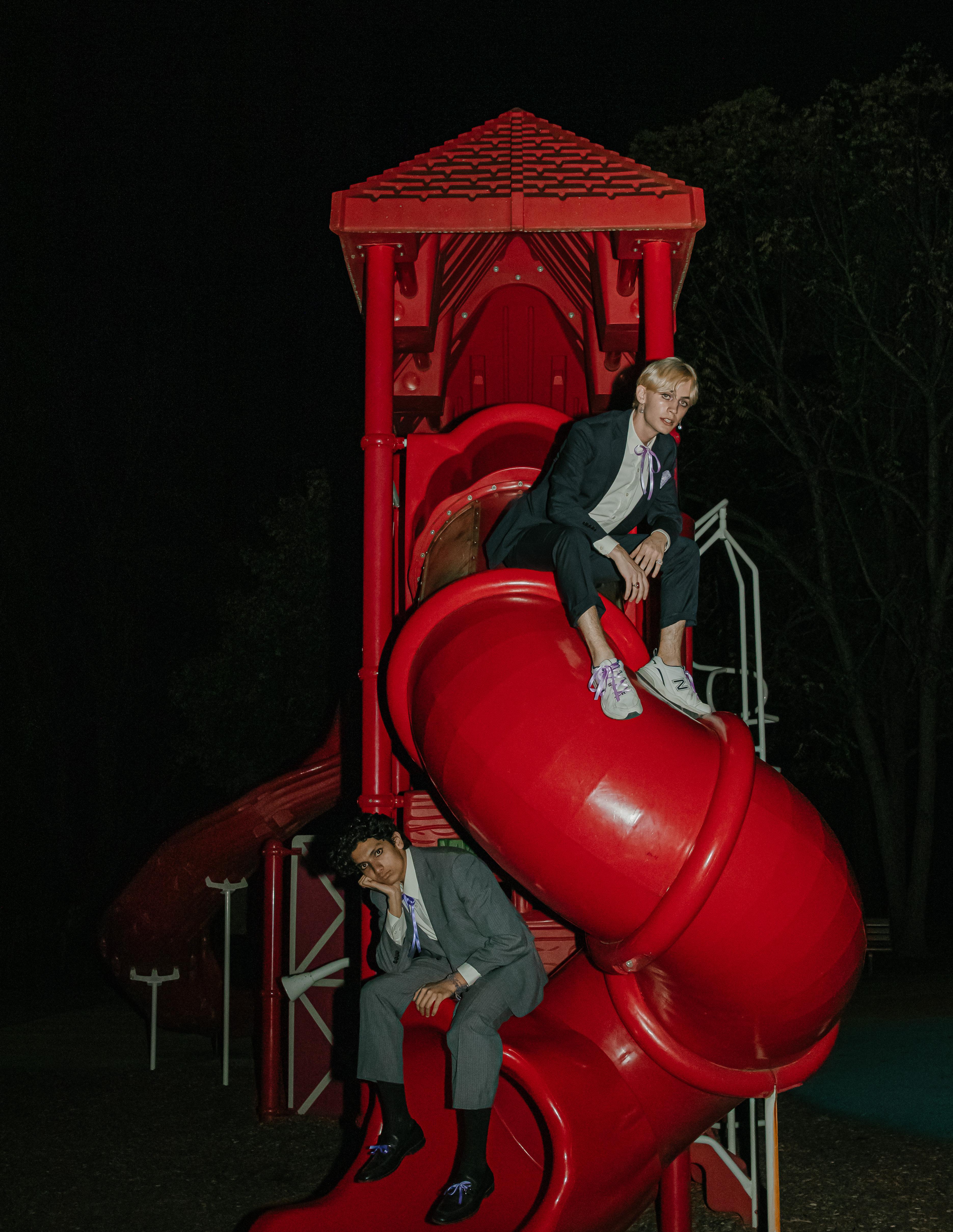

ALL GROWN UP
Creative Director
ABBY RAPOPORT
Design Editor
MARGARET LAAKSO
Video Editor
CARLY NICHOLS
Finance Coordinators
HARINI SHANKAR
MAKENZIE KULCYZKI
Human Resources Coordinator
SARAH LINDENBACH

Standford Lipsey Student Publications Building
420 Maynard St, Ann Arbor, MI 48109
BROOKLYN BLEVINS
Editor-in-Chief
APOORVA GAUTAM Publisher
Marketing Director NEHA KOTAGIRI
Print Fashion Editor
DANA GRAY
Digital Fashion Editor
JANAE DYAS
Events Coordinator
SENA KADDURAH
Social Media Coordinators
LUIZA SANTOS
AUBREY BORSCHKE
Design Team
Kai Huie, Liza Miller, Terri Kang, Ashley Glabicki, Emily Sun, Katherine Kell, Sebastien Triplett, Tiya Madhavan, Bailey Hwang
Fashion Team
Melissa Yu, Tzu-Yun Fun, Faith Tang, Reagan Hakala, Janna Jacobson, Paula Luput, Annabelle Ye, Mary-Katherine Acho Tartoni, Elena Shaheen, Taylor Stevens, Juliana Ramirez, Jessica Li, Ligaya Galang, Ansie Kruse, Bobby Currie, Ankitha Donepudi, Niko Smith, Sidney Vue, Angela Li, Emily Jennett
Features Team
Lynn Dang, Sailor West, Shelby Jenkins, Meera Kumar, Ava Shapiro, Mya Fromwiller, Melissa Werkema, Emerson McKay, Lucy Dover, Emma Edmondson, Tara Wasik
Photography Team
Riley Kisser, Oliver Segal, Paulina Rajski, Yueshan, Jiang, Carly Nichols, Tess Crowley, Maggie Kirkman, Taylor Pacis, Anisha Chopra, Vivian Leech, Anika Minocha, Emmanuelle Cubba, Audrey Eng, Mary Katharine Acho-Tartoni, Patrick Li, Harrison Brown
Videography Team
Juana Mancera, Takara Wilson, Johannes Pardi, Kaelin Park
Operations Director AVA BEN-DAVID
Print Features Editor
CATHERINE AUGUST
Digital Features Editor
JANICE KANG
Managing Photo Editor
EMMA PETERSON
Public Relations Coordinator
ANGELA LI
Digital Content Team
Print Photo Editors
ALEX LAM
SINYU DENG
Print Beauty Editor
ELISSA LI
Digital Photo Editor
SUREET KAUR SARAU
Digital Content Editors
JESSICA CHO
ESTHER MURRAY
Aurelia Hudak, Sigourney Acharya, Ally Chang, Clare Hong, Kiana Pandit, Irem Hatipoglu, Shari Frazer, Sophie Ding, Haniya Farooq, Alana Vang, Emily Jennett, Iris Ding, Radhika Patel
Finance Team
Erin Casey, Ariah Samant, Elena Reyes, Riya Gone, Elise Hsiao, Emily Farhat, Taylor Jones
Human Resources Team
Sam Wright, Maryam Hamka, Amory Tin, Cynthia Qian, Erin Segui
Public Relations Team
Lily Fishman, Grace Donnelly, Zoey Tink, Fiona Huang, Alia Gamez
Events Team
Tara Nayak, Erin Segui, Tiara Blonshine, Paris Rodgers, Allie Cain, Sanjana Ramanathan
Social Media Team
Marley Davis, Frankie Smith, Grace Wang, Sasha Amani, Lily Shaman, Subin Pyo, Jessica Li, Jessica Kroetsch
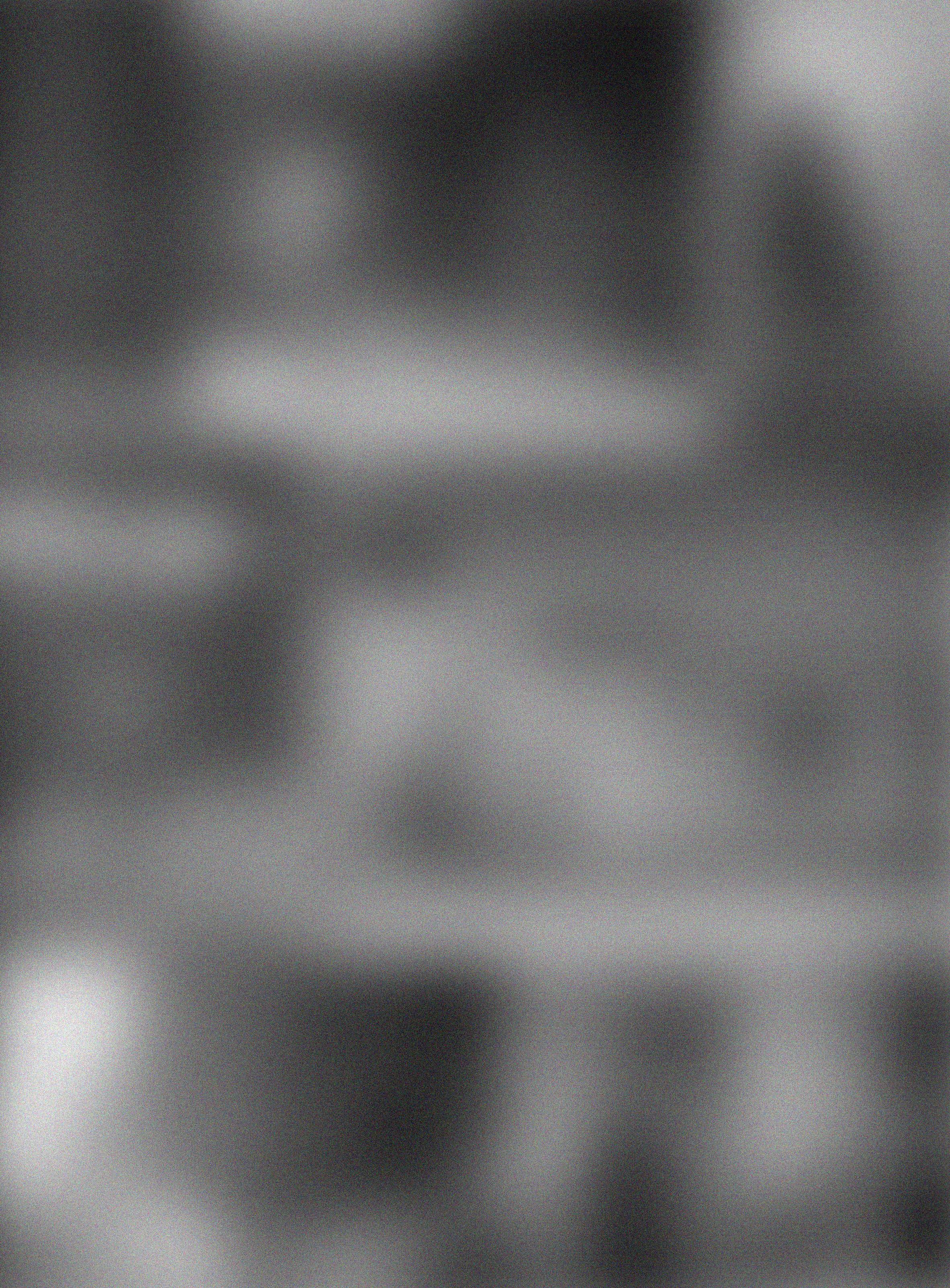
IN THIS ISSUE Letter from the Editors 04 Far Far Away 06 How We Got Here 38 Return to Original 30 The Path to Pink 28 The Ideal and The Real 26 Ducks in a Row 16 Like a Girl 14 Play Date 52 The Quest for a Meet Cute 48 Imaginary Friend 40 Director’s Note 60 Behind the Scenes 61 3
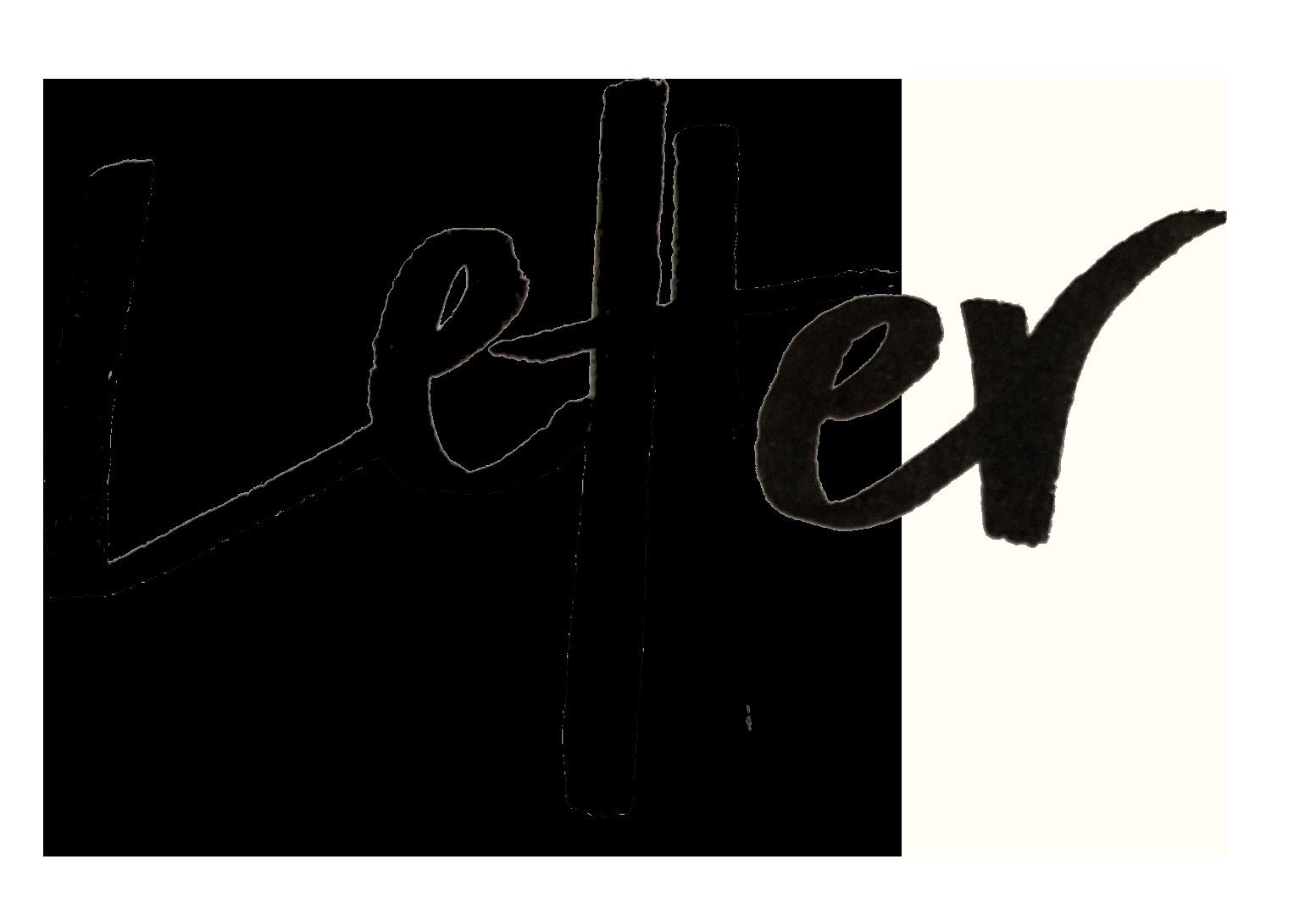

As young adults, the concept of childhood can often feel both foreign and familiar. Throughout the process of making this issue, I found myself turning back to old photos of myself from my younger years. Waves of nostalgia washed over me, initially propelling me towards the conclusion that I was no longer the little girl in these photos, one who was always happy and carefree, curious about the world and eager to find her place within it. The more I thought about her, the more I felt our disconnect like a chasm. There was an undercut of mourning that characterized my love for shoots like “Far Far Away” or “Ducks in a Row.” They replicated feelings I could only dream of recreating as I navigate life today in my twenties.
As children, our imagination knows no limits. Not yet exposed to the monotony of a 9-5 or the constant turn of current events, our naive brains run wild, conjuring up the most elaborate and inventive visions. But in the process of growing up, we’re urged to exchange our childlike wonder, it becoming a currency for the purchase of maturity, a commodity that carries value, weight, and respect.
While ALL GROWN UP is an ode to the imaginative nature of our childhoods, it also serves as a reminder that growth is not equated with erasure. “Imaginary Friend” depicts the lifelong relationship between a man and his childhood companion, weaving the creative escapades of our youth into the quieter mundanities of adulthood.
Yet it’s often difficult to map our seemingly grown selves onto the children we once were and
while there’s endearment in the distortion of our growth, there’s also something intimidating. In “Return to Original” we conceptualize aging as a darker force, the lines of push and pull between our past and present selves becoming unclear, easily instilling fear in us in the process.
In the long, winding road to adulthood, sign posts harken us back to childhood in fits of bittersweet nostalgia. I feel it everytime I look at my childhood stuffed animals for just a little too long, or when on aimless drives I find myself looking out the window at my old elementary school. But in these periods of recollection, there’s also moments of clarity.
Mya Fromwiller’s “The Quest For a Meet Cute” highlights the catharsis of story-telling in both our child and adulthoods. While the contexts for our creativity may differ, these fundamental elements of childhood carry over far beyond our adolescent years.
When I was younger, I dreamed of being a writer. Sticker-decorated notebooks were my prized possessions, pages filled with fantastical scenarios and idyllic dreams of versions of myself I hoped to embody once I one day grew up. And while perhaps to my younger self’s disappointment, I’ve yet to write a novel, there’s a certain pride I know she’d have in my role as Editor-in-Chief of SHEI. As you flip through the pages of the issue, I hope you too are able to find small pieces of yourself, both young and old embedded into the hard work of our creatives. Dare to let your imagination run wild; your inner child awaits.

Brooklyn Blevins Editor-In-Chief

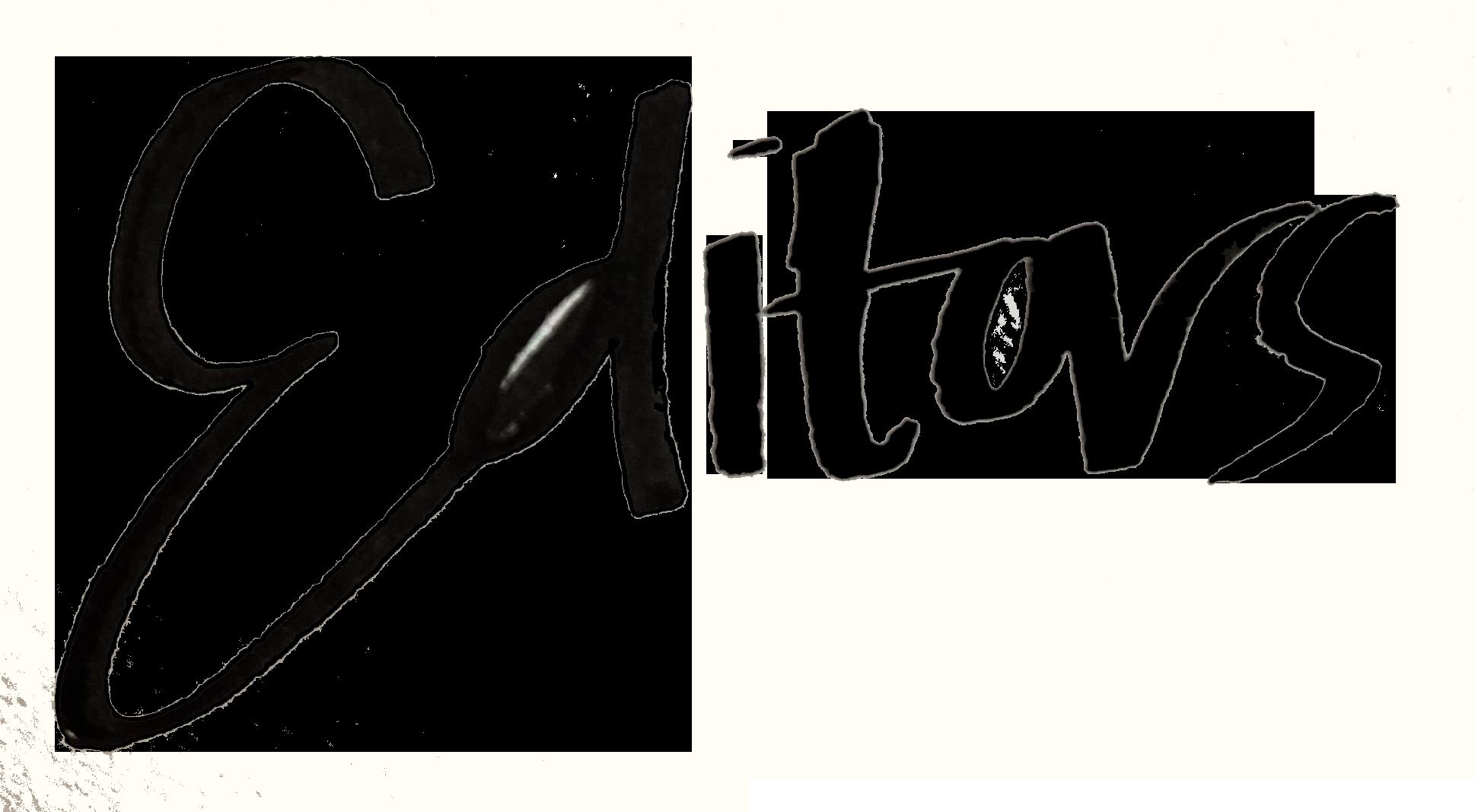
Rarely does one encounter an infectious joy quite like the joy found among children at the playground. Their laughter, like a symphony of excitement, dances through the air and silences any anxieties that life entails. Amidst the joyful chaos, one child’s feet skims the wood chips below as they push themselves higher and higher. Defying gravity with each powerful kick, they soar through the air, suspended in the realm between Earth and the sky. Their radiant smile seems to capture the very essence of freedom and adventure. For a fleeting moment, I see myself as the kid on the swing.
As a child, I often found solace and exhilaration in the simple act of swinging. Now, I look back and long for the simplicity of swaying back and forth on a swing set, a time where the complexities and anxieties of adulthood fade away into obscurity.When did we lose sight of this carefree childhood joy? When did we start to overlook life’s simplest pleasures? Is losing this playful spirit an inevitable consequence of growing up?
ALL GROWN UP looks to explore these
questions by reconnecting with core memories from our childhoods. Swing sets, bath toys, and imaginary friends are brought to the forefront of our minds as we rekindle the fiery flame of childlike fun. In doing so, we unearth the inner child within all of us. To our surprise, we see that they’re not so different from us now—we just have to listen to them. Perhaps that inner child was never lost, just waiting to be heard. Whether they show up in your enduring favorite color, or your love for storytelling, maybe your inner child has always been with you.
As you read this magazine and reconnect with your inner child, I hope you come to find a new appreciation for growth. You might come to realize that nostalgia’s comforting embrace has obscured reality; even as children, we had to overcome challenges and insecurities, all of which made us who we are today. Your inner child, you, has always been remarkably strong. We might be all grown up, but really, we remain the resilient products of our past selves, forever shaped by the love and strength that brought us here today.
 Catherine August Print Features Editor
Catherine August Print Features Editor
5









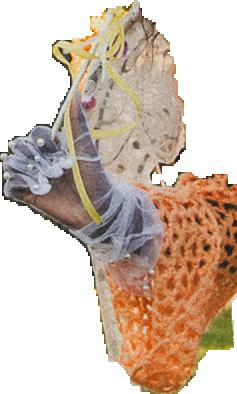

7




9

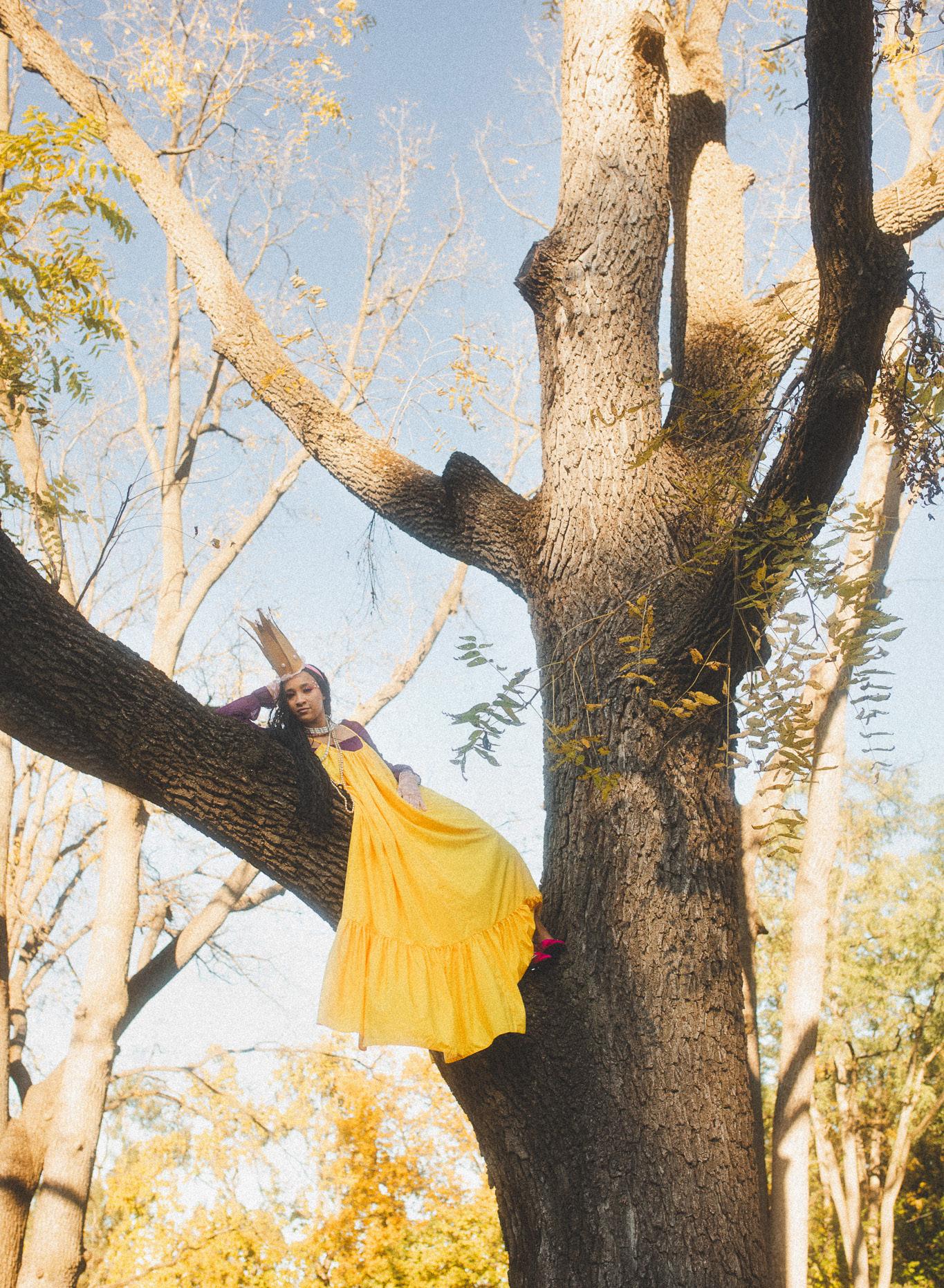





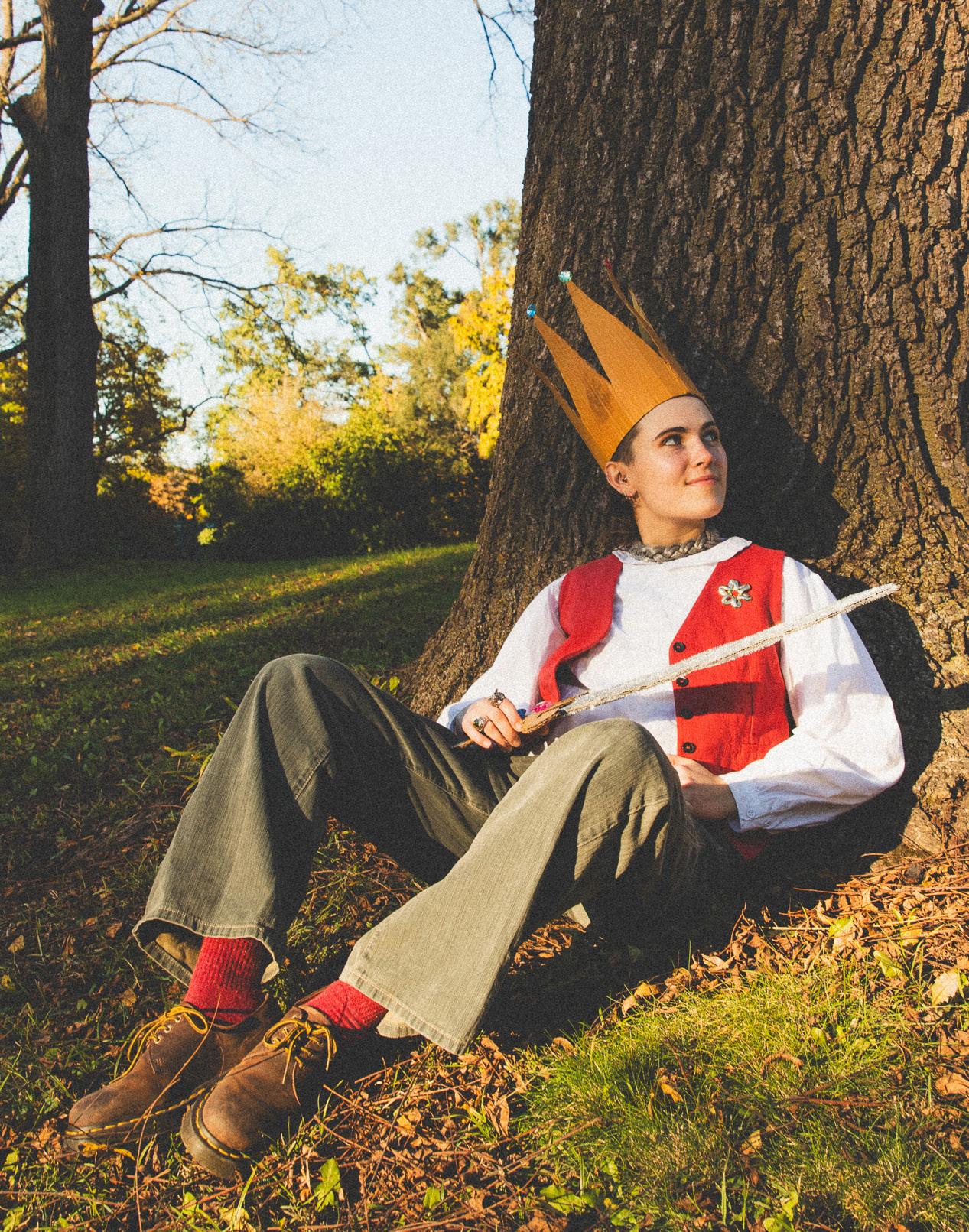


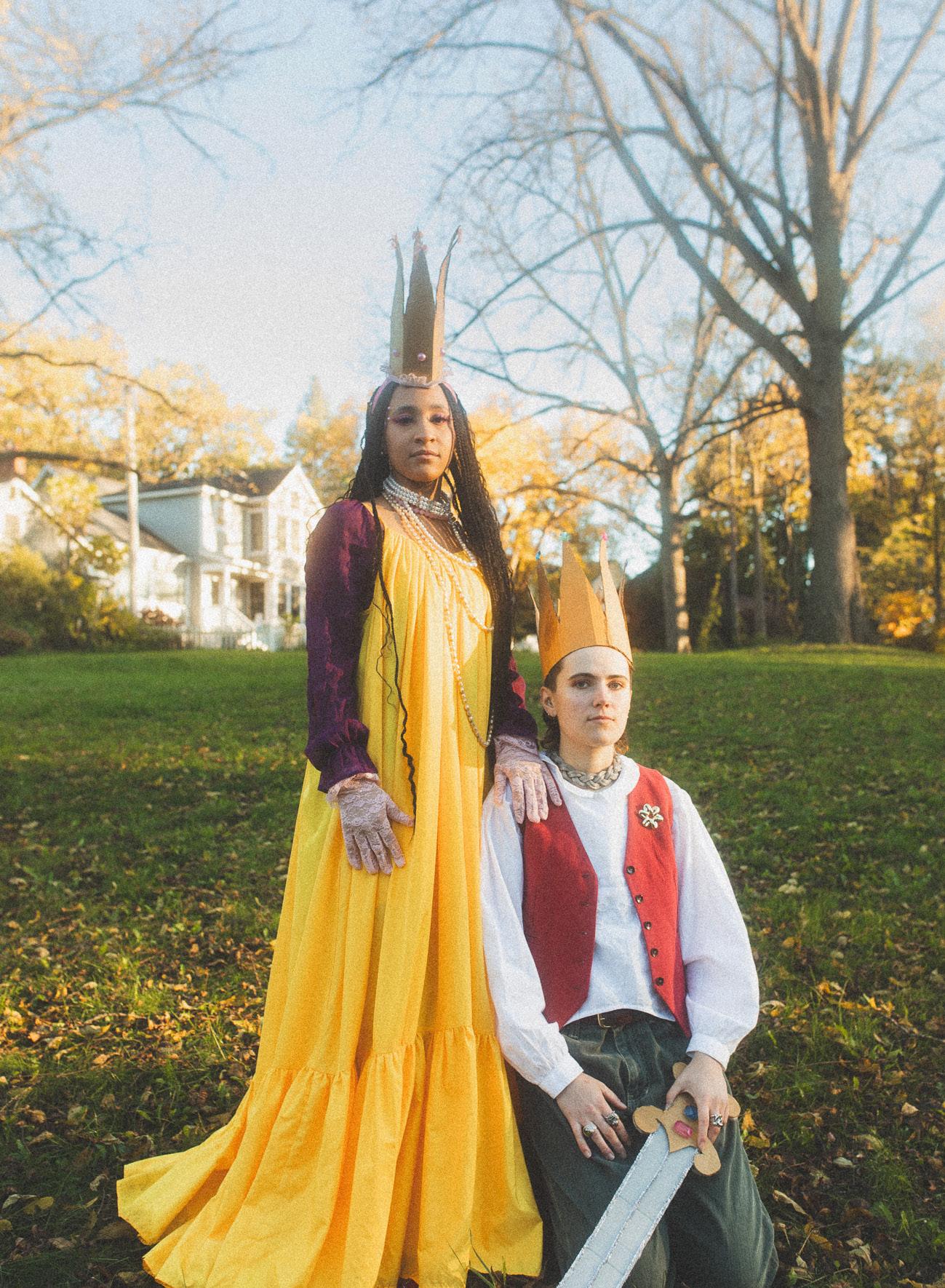
11
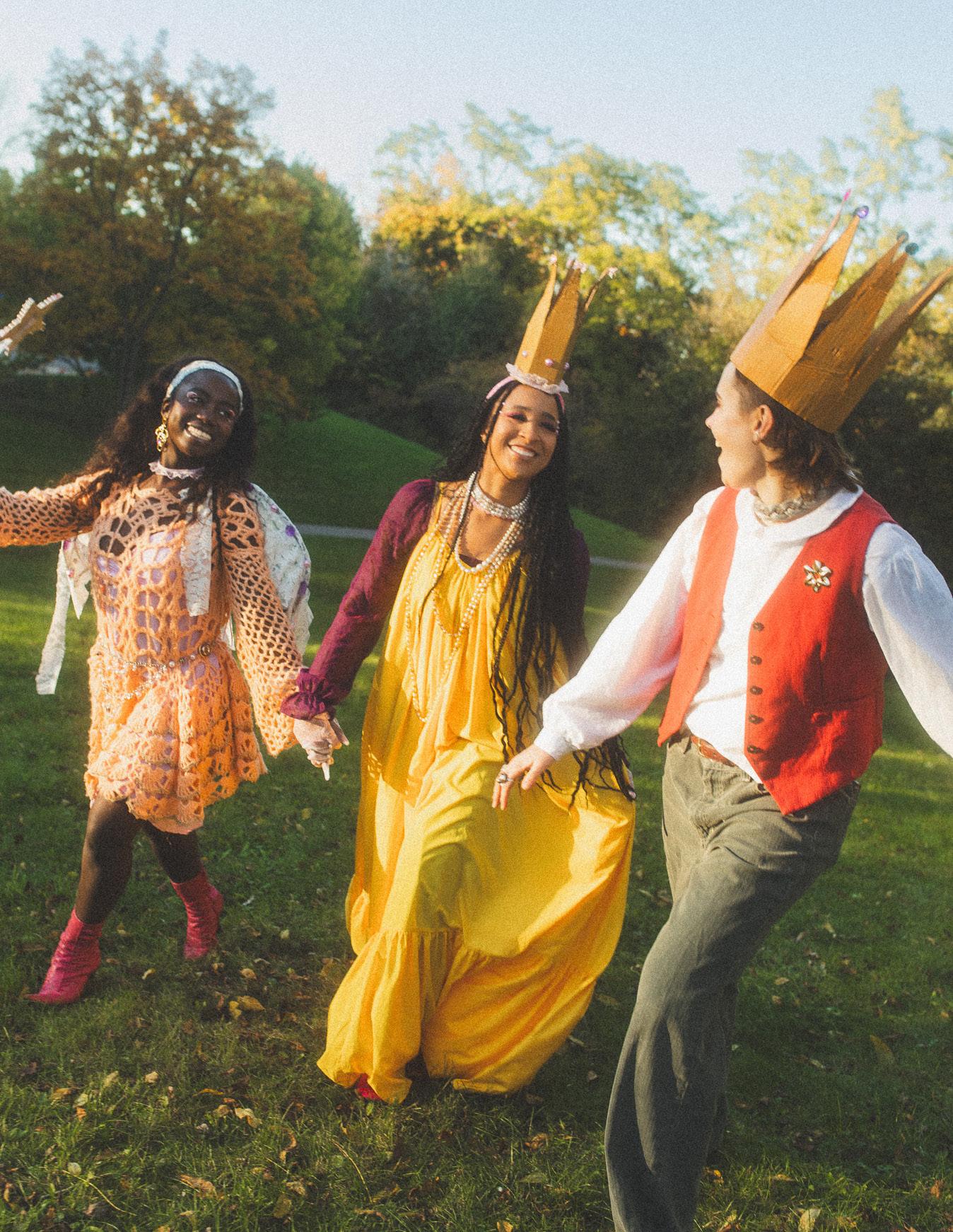

STYLIST
DANA GRAY
PHOTOGRAPHERS
SINYU DENG
ALEX LAM
GRAPHIC DESIGNER
EMILY SUN MODELS
JULIET BORNHODLT
FREDA FRIMPONG
ALEXANDRIA SMITH
13
LIKE A
GIRL.
The 2014 Super Bowl was personally memorable for a lot of reasons. Growing up in Seattle with a football fanatic as a father, it was a huge deal to watch the Seahawks play the Broncos in the biggest game of the year. Football snacks were passed between family members as we bonded in excitement over our team’s domination. When a new set of iconic Super Bowl commercials began to air, I found myself particularly drawn to one. The well known feminine products brand Always brought participants into a studio, asking each of them to perform various actions “like a girl” would. The commercial began with two teenage girls, one teenage boy, and one elementary aged boy. Each of them demonstrated what it looked like to run, throw, and fight like a girl. To no surprise, each demonstration was weak and timid. The commercial’s message rang home when they contrasted these responses to those of young girls under 10, who ran with speed, threw with power, and fought aggressively. The study revealed an evident truth: young girls lose this sense of strength and confidence when they grow up. This commercial launched the “Like a Girl’’ campaign to protect and foster young girls’ confidence.
One fateful afternoon in 6th grade, I sat down in my health class and was told by my teacher that we would be taking an online quiz. Unlike the typical quiz, however, this one asked us to fill in our weight, eating patterns, and tons of other information that would calculate our body’s overall “health.” Initially, I thought nothing of it. However, as soon as the results appeared on my page, I began to choke back tears.
the results appeared on my page, I began to choke back tears. Scanning the page, I noted several alarming words: danger, low, doctor’s consultation, and unhealthy. This computergenerated quiz decided that my BMI, an acronym for body mass index, was dangerously low and that I needed medical help. I spent the rest of the period hiding my screen from my peers and then went home to bawl my eyes out to my parents. Furious at the school, they quickly assured me that I was okay, my doctors have never once been concerned for me, and that online platforms like that have no ability to understand someone’s health. Even with this reassurance, the damage was done. There was nothing I could do about my body or metabolism levels, but my school had already diagnosed me. The following days felt different. The day before, I strutted past the lockers with a smile across my face, excited about my volleyball season and proud of my good grades. My sense of worth was in my athletic and academic performance, and I was content with that. The next day, I walked the halls feeling uncomfortable in my own skin and hyper aware of how my body looked in comparison to my classmates. Never before had I noticed that all of my friends were growing boobs and “becoming women” before me, nor was I ever aware of how my clothes fit differently than theirs did. I looked like a kid who, apparently, was malnourished. This day began the downward spiral of my self-confidence in class, sports, and social dynamics that I would never fully recover from.
I was 12 years old when the 2014 Super Bowl aired.
I AM PROUD OF MYSELF I AM LOVED
I AM NOT ALONE I AM BEAUTIFUL
in my health class and have my perspective on my body, self, and place in society permanently altered. I was inspired by the commercial, but I could not yet comprehend how applicable it would be to my preteen life. Time Magazine found that between the ages of 8 and 14 years old, young girls’ confidence plummets by 30%. Psychologically, this can be explained by the female prefrontal cortex, which experiences a developmental overhaul during puberty and promotes heightened levels of emotional intelligence, social observance, and cautiousness in young girls. Combine this psychological change with emerging physical changes, and a girl’s brain quickly becomes her biggest critic and worst nightmare. The tendency to ruminate on every interaction and opinion is addicting and all consuming. In a matter of 10 minutes, my experience in health class left me ruminating for weeks and did irreparable damage to my self confidence. I could not have known it at the time, but research has since debunked the validity of BMI, labeling it a pseudoscience that draws baseless conclusions on health without considering numerous influential factors, such as muscle mass, bone density, racial and sexual differences, genetics, pre-existing health conditions, and other elements of body composition. It saddens me that this misleading pseudoscience took hold of my vulnerable mind so quickly. How can we prevent this shift from confidence to self doubt? If it’s inevitable, how can we attempt to restore the confidence those young girls so gracefully displayed in the commercial?
I wish there was a universal answer to this question. However, an idea founded in 2015, just a year after the “Like A Girl” campaign launched, makes a compelling effort. Body neutrality is defined as “the act of taking a neutral stance toward your body – both emotionally and physically.” This neutral stance allows us to view our bodies as vessels that merely hold our defining qualities: our minds, interests, passions, and personality. By forming our worth around our internal selves, we see ourselves as multidimensional human beings. Young girls do an excellent job maintaining body neutrality. They run, jump, dance, and fight uninhibited by their body or societal expectations. As a young girl, I never loved my body, nor did I hate it. Those extremities did not exist. My body was a tool with which I could express myself and engage in my favorite activities. I played, laughed, imagined, and created while paying no mind to how I appeared physically. This childhood mentality is something that, if replicated, poses incredible value to young adult women. I so badly wish that I could hug my 12 year old self as she laid on her bed crying and remind her that she is so much more than her body. Even more so, I wish I could turn back the clock and stop myself from taking that damaging quiz, preserving my youthful confidence a little longer. However, I can’t. All I can do now is visualize myself as the young girl in the commercial who ran fast, threw powerfully, and fought hard, and take a page out of her book. Because doing anything “like a girl” is, simply, doing anything. Period.
I AM NOT MY PAST
GRAPHIC DESIGNER
TIYA MADHAVAN
WRITER
SAILOR WEST
15


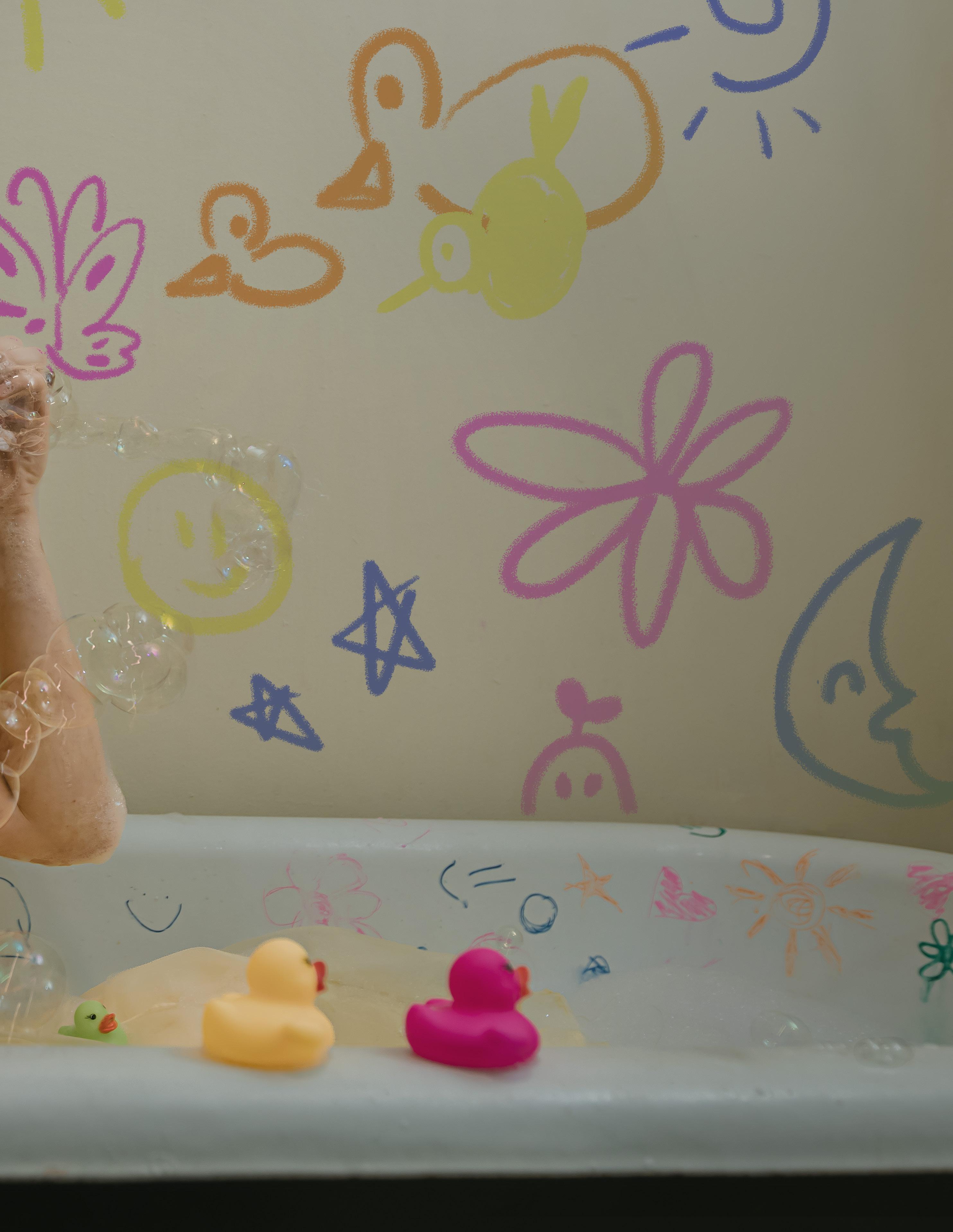



17







19




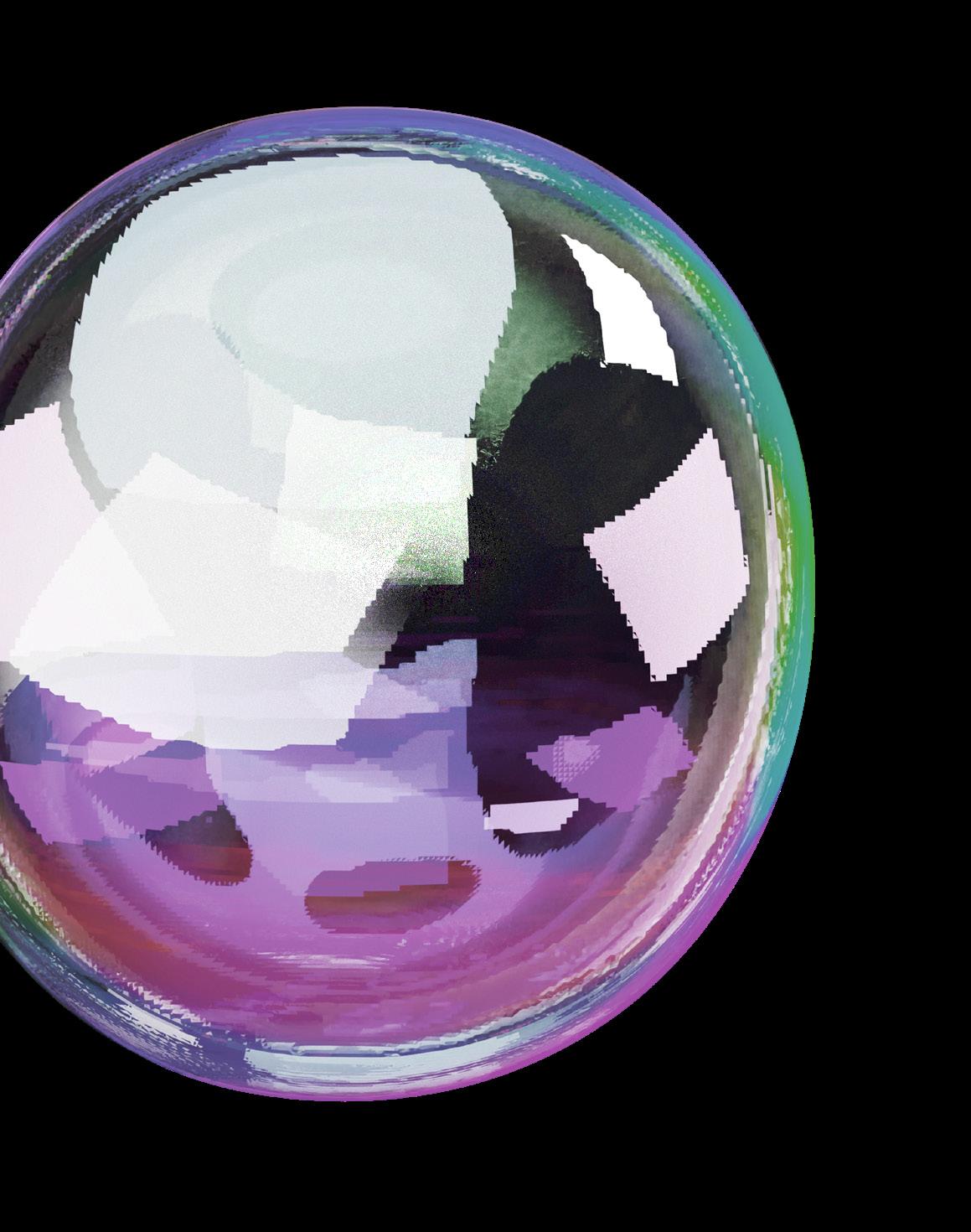


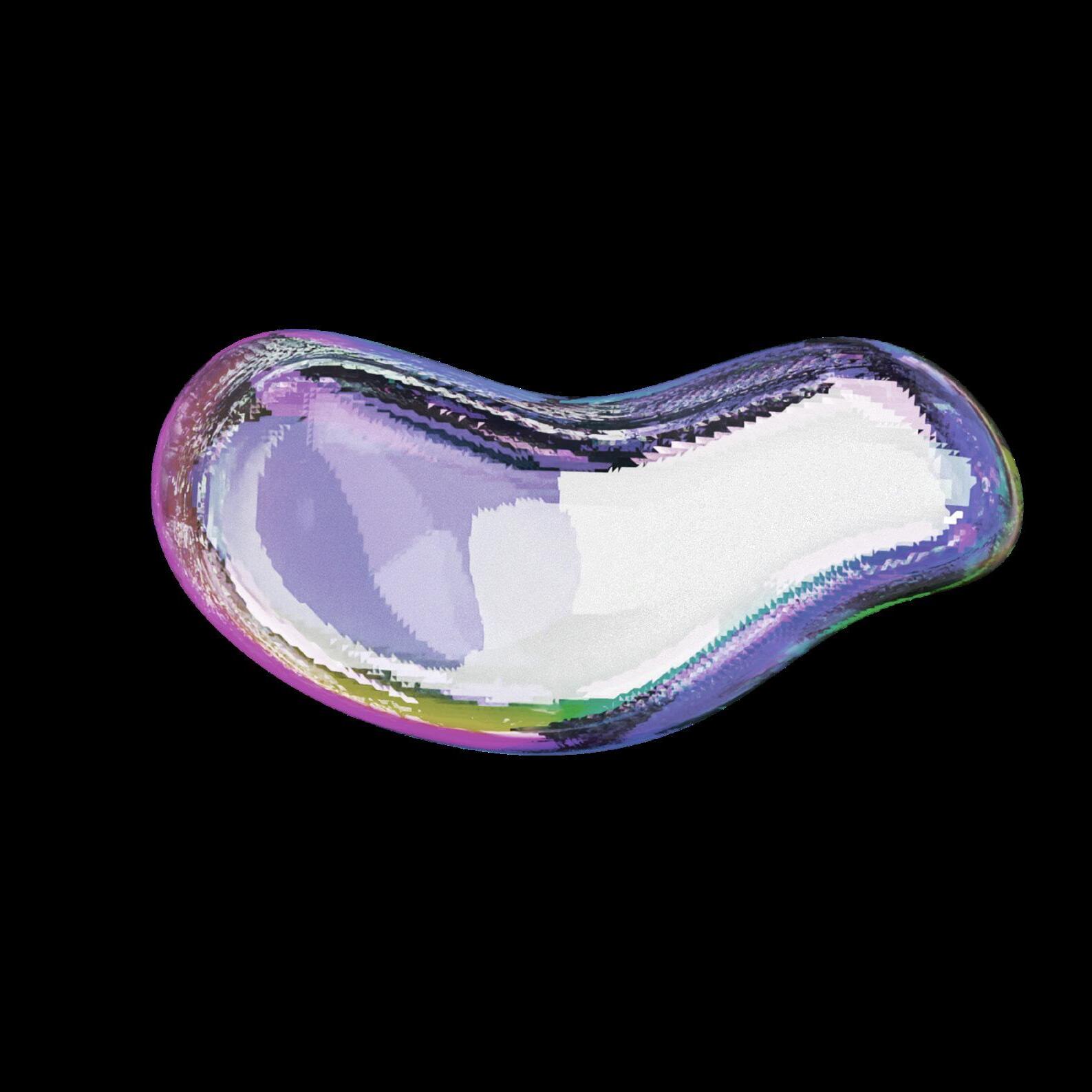
21



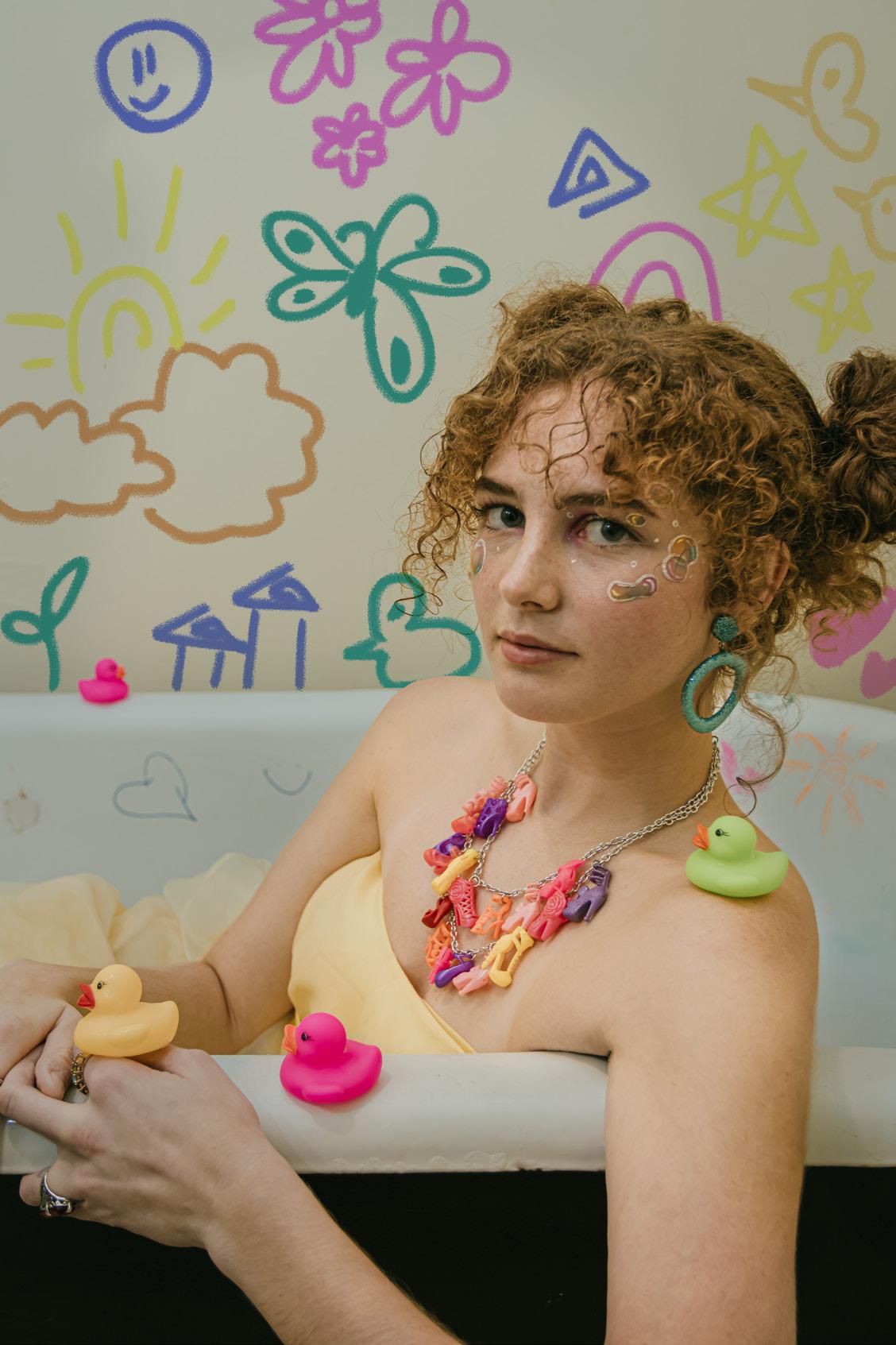

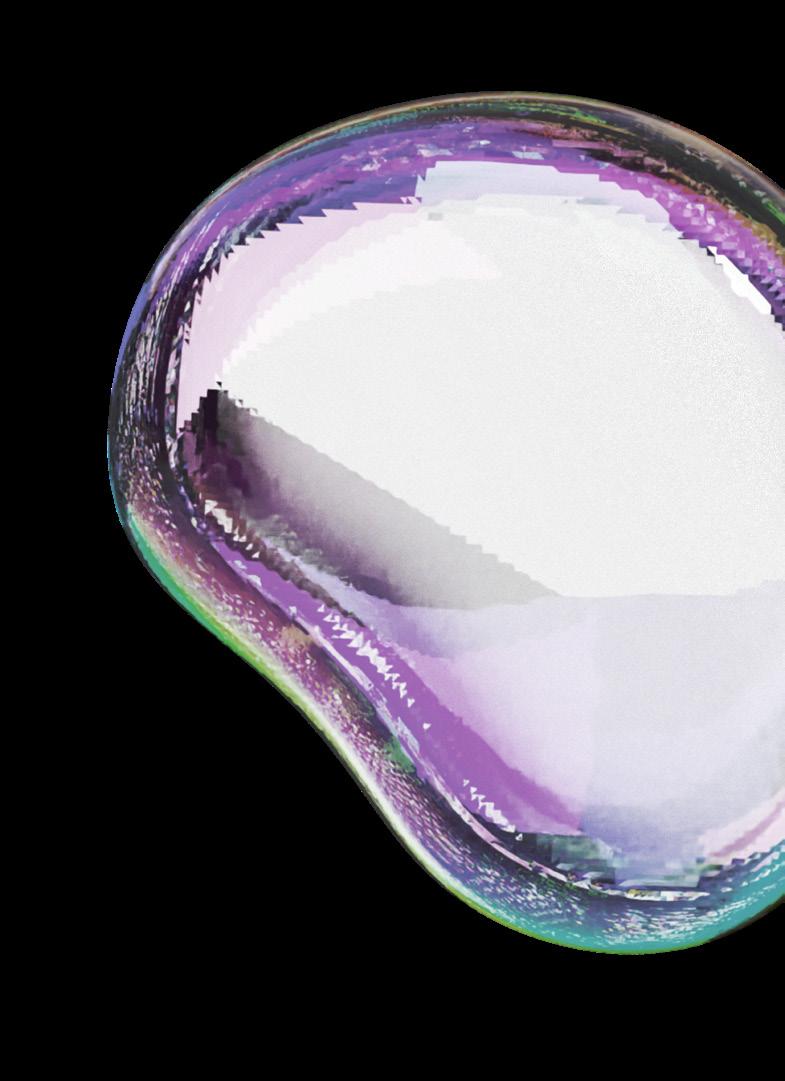

23
STYLIST DANA GRAY
PHOTOGRAPHERS
SINYU DENG
GRAPHIC DESIGNER
EMILY SUN
MODEL
MARLEY DAVIS

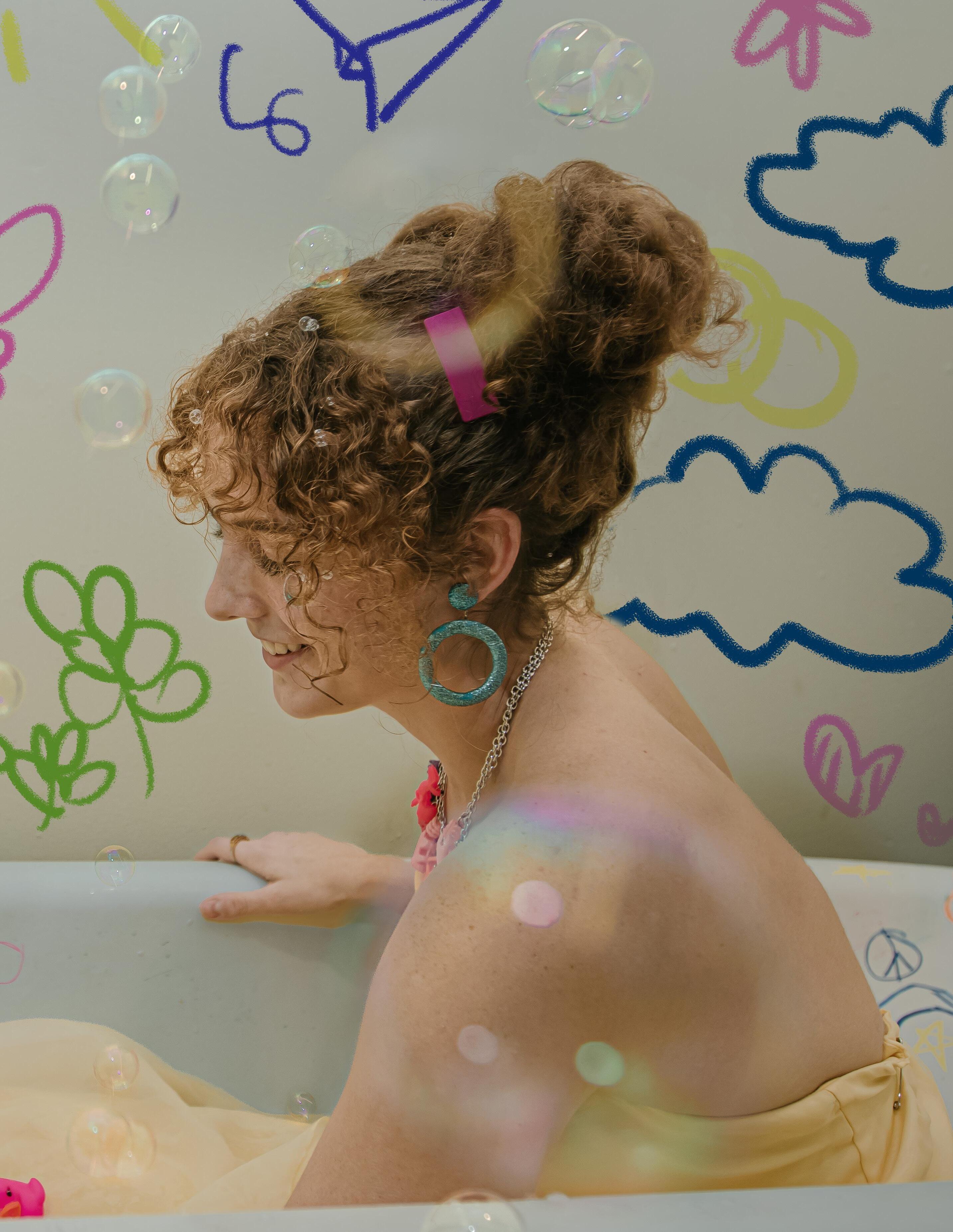
25



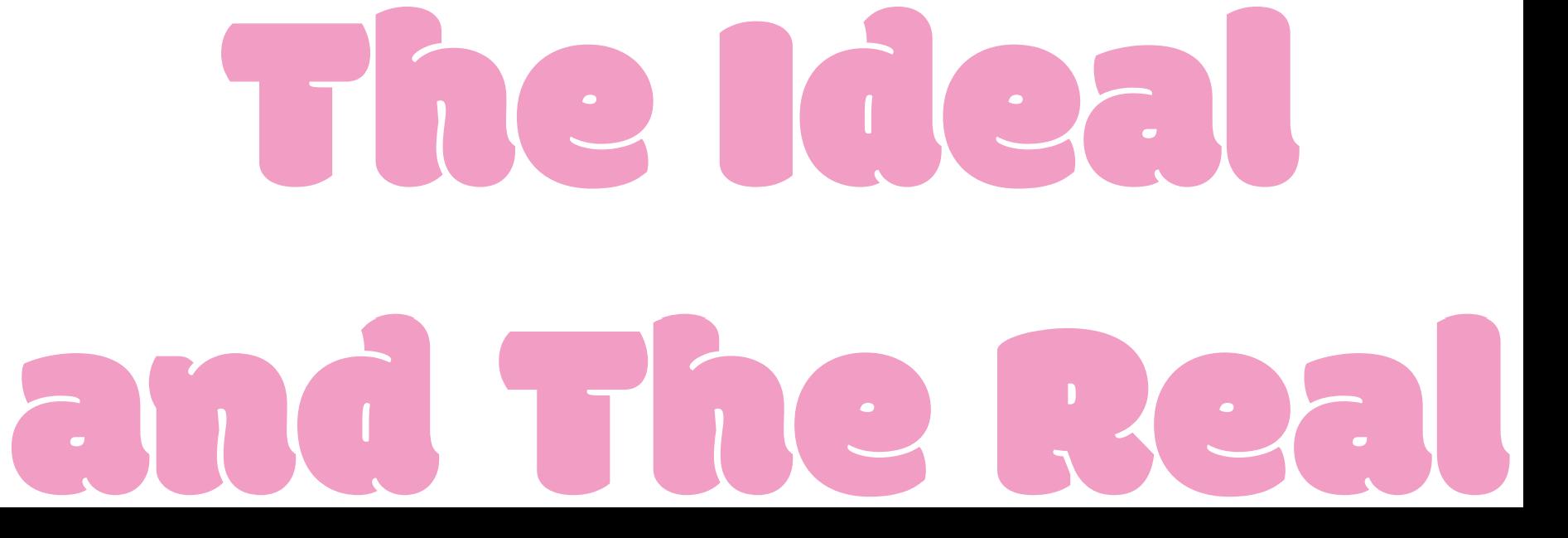

Nostalgia is a concept that has always existed, but hasn’t been as prominently talked about until recently. When scrolling on TikTok, I’ll see numerous videos about early 2000’s Christmas “aesthetic” and how Christmas will never be the same, or slideshows of children’s books and movies that I “may have forgotten about.” Throw a slowed, ambient audio into the background and I’ll wind up teary-eyed and feel the sensation of a knife lodged in my throat. However, oddly enough, nostalgia is one of my favorite emotions to experience, and due to the excessive amount of literary, visual, and auditory content focused around this concept, it must also be one to others. There is a duality of emotions in experiencing nostalgia: the grief that accompanies the loss of your childhood self, and the bittersweet joy that comes with reminiscing “the good ole days.” I believe it’s the clashing of these emotions that makes the feeling of nostalgia so powerful and romanticized. It is so much more than simply looking back, and there is so much to deconstruct in just this one sensation. To me and I believe many others, nostalgia is not actually a longing to be exactly where I was however many years ago, but is instead a longing to have the freedoms, lack of selfawareness, and care that most children receive. The desire to be nurtured. To be treated tenderly, softly. The desire to have no pressing matters, no worries about life or death. To be immune to culture, change, and appearances. However, with such an impactful emotion as this, a question arises: is this longing helpful or harmful to our
WRITER MELISSA WERKEMA GRAPHIC DESIGNER KATIE KELL
present day mindset? And if nostalgia is less of remembering our past and more of desiring to be young, is anything really as good as we remember it to be or is it all a distortion of our past?
For myself, nostalgia is so tightly intertwined with my present day life. Things that were a part of my childhood are now used as a tool to relax and refresh my mind, to put me at peace because of their effect on my younger self. Like a childhood stuffed animal that has been slept with for twenty years, nostalgic objects and sentiments serve to provide comfort to us as adults. Even now, I’ll find myself listening to Minecraft music while studying or watching old YouTube channels when bored because of their calming effect on my mind. Nostalgia also reminds me to not take anything for granted and to appreciate my present day life. Looking through childhood photos or videos tends to draw out a deep feeling of longing to become a child once again, to exist without worry and awareness. When experiencing that ache, I realize I will never be that age again. While upsetting, there is an alternative perspective to this: I will never be the age I am now again, and thus it’s important to appreciate the space I’m in. There’s freedom that comes with being nineteen and like being a child, there’s a short amount of time remaining to actually be this age. Remembering the past in a nostalgic way also has an impact on how I view my family and friends. Of course, not everything was perfect in
my childhood. But the mere fact that I ache to return to my childhood demonstrates that no matter how I may feel about them now, my parents, siblings, and friends assisted in creating a past that is memorable enough to want to return to. I can appreciate my mother’s soft words when tucking me in, her wide, brown eyes filling with tears when reading me “Love You Forever” before bed. I never did understand why it made her cry until recently. Her morning kisses and hugs, the calming effect of her presence. And my father’s incredible patience and infectious smile when he’d allow my sister and I to jump on his back every ten minutes. His constant stream of jokes and movie quotes. And then there were the simple things, like when my siblings and I would play monopoly in the living room far past our bedtime with the gentle strum of my father’s guitar in the background. My mother would hum along while she read her book, too immersed to be aware of the time. It’s moments like these that remind me of just how thankful I am for my family and for the environment I was raised in. And with that sentiment, my appreciation for those individuals doubles, and I can learn to be grateful for the people involved in my upbringing, as well as learn to appreciate them even more now. And so, on one hand, nostalgia can be an instrument used for improving one’s state of mind.
Inversely, however, nostalgia can negatively impact how we view the present day world and can warp our memories into creating a false sense of remembrance. Take the memory of a day from your past. For me, what comes to mind is an average school day in the second grade. In the morning, I’d rise from purple polka dotted sheets, shaken awake by my mother. She spoke tenderly, like speaking to a lamb. She’d smooth my hair down, begin to brush and braid it, then kiss my forehead. Breakfast would be made, but it was crucial that my sister and I made our own lunches for school. Responsibility was an important trait to master. When I became an adult, responsibility would be critical for success. School was fun. My sister and I have to run to school in the rain. My hair is plastered to my face, but I’m
grinning from ear to ear. My backpack is teal, my rain boots red. Nothing matches, but it’s colorful and there’s a butterfly on my shirt. It cannot get better than that. I drink strawberry milk and eat waffles for lunch. I love LipSmackers, specifically the Cherry Cola flavor, and I apply it every ten seconds to smell it again. When I’m home, my dad allows me to eat Superman ice cream before dinner. Everything is perfect.
But if I remove the rose colored glasses of my perfect nostalgia, I can look into that day a bit more clearly. I remember I eat more ice cream, secretly, and I’m discovered. Scolded. My mother is stern, serious. My dad takes away my computer rights for a week. I do not have complete freedom as I do now, and although I love my parents, we do not always see eye to eye. We have an argument about church, about listening to music that is not Christian. I run to my room and lock the door to cry. When recounting the perfection of how this day went, my mom tells me I never owned red rain boots, and I skinned my knee while running to school. Everything was not perfect, and although it was not awful, either, it is clear that I am nostalgic for a past that did not exist as perfectly as it does in my mind.
Nostalgia can distort our perception of the past, ensuring that we remember only what we want to remember despite its validity. Because this version of nostalgia rises from a yearning to be back in the “ideal childhood”, we only focus on aspects that align with the idea of an “ideal childhood”. However, I believe there can be two classifications of nostalgia: one that is centered around ideality, and one that is centered around reality. Ideal nostalgia focuses on false remembrance and the “luxury” of being young, resulting in a lack of gratitude and appreciation in your current life. Real nostalgia, on the other hand, is not just simply remembering your childhood, but is the emotional discordance in coming to terms with the reality of your past and present. It’s finding individuals and experiences to be grateful for in the past, and it’s finding individuals and experiences to be grateful for in the present, even if that means remembering the aspects of childhood that were not so perfect. It’s in this version of nostalgia that we can learn to truly appreciate life, no matter the stage.



27
Although pink is unavoidable in the year 2023, the color was not always celebrated as a symbol of femininity and girlhood. From Barbie, to Glossier, and even to the recent trend of “balletcore,” the color dominates marketing campaigns and clothing targeting women. Even though pink is the “it” color, how did we get here?
The color pink in history has had many meanings. It began with a strong relationship to upper-class sophistication in the 1700s and then moved into more taboo associations with naked skin and the female body. While it is widely understood that pink was not a gendered color until World War II, there is an interesting correlation with the rise of pink as a color specifically for young girls. The 1980s produced two incredibly significant and surprising influences for pink’s future: the ultrasound and neoliberalism. As ultrasound technology became more popular and accurate in the 1970s and 1980s, expecting parents were able to learn the sex of their baby before giving birth, and thus able to buy their child’s clothing and toys in advance. With capitalism also taking hold, more parents began shopping for their future daughter’s clothing by gender. Pink clothing thus became marketed towards that demographic. Once pink became the color of baby girls not just in the hospital, but in the stores, this
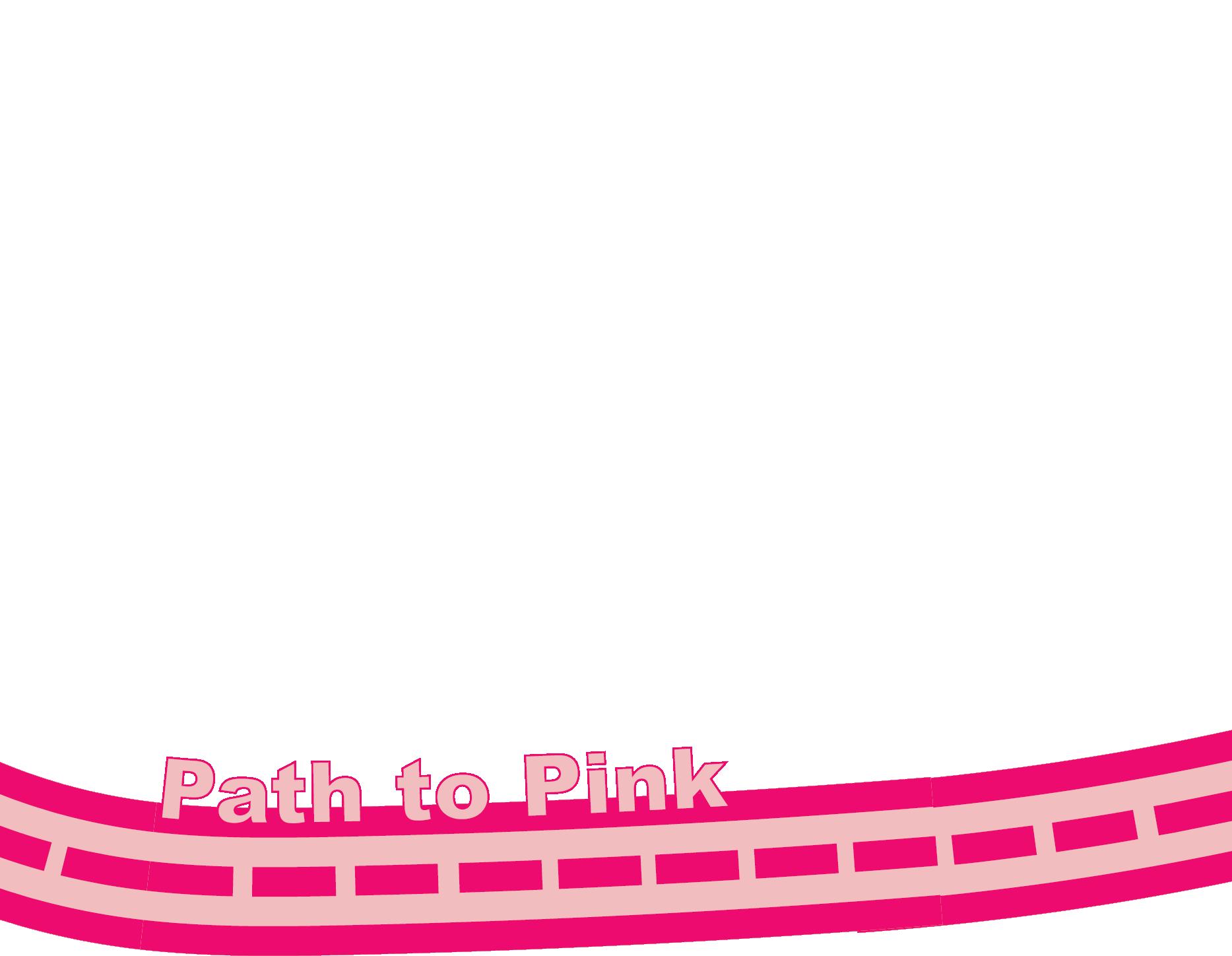
relationship stuck.
Before the color pink’s strong affiliation with young girls, pink in pop culture signified beauty, innocence, and femininity. In the Golden Age of Hollywood and throughout the 20th century, movies included pink to represent a dainty, angelic feminine archetype, such as Glinda the Good Witch in The Wizard of Oz (1939). In the film, Glinda is portrayed as a gorgeous, nurturing figure who welcomes Dorothy to the world of Oz and aids her quest to return home, acting as a guardian angel. Her extravagant baby pink ball gown and wings suggest this ethereal beauty as well as create a sense of innocence about her, making her someone that Dorothy as well as the audience can trust. However, even though this color can exude a sense of purity and celestial beauty, it has also been utilized in classic movies to subvert this expectation. A famous example is Marilyn Monroe’s character in Gentlemen Prefer Blondes (1953). Marilyn performs “Diamonds are a Girl’s Best Friend,”
a scene showcasing her character’s beliefs that women must pursue men with money. Her hot pink ensemble upends the traditional expectations of the color, playfully subverting its associations from innocence and purity to sexiness and risque. As iconic as this musical number is on its own, her shocking pink dress and gloves lured audiences in, making her performance an unforgettable piece of pop culture history.
Looking at pink through a modern lens, we can see how pop culture has altered the color’s meaning. From the branding of Glossier to the millions of social media posts with the caption #GirlBoss, pink has been adopted by women as a symbol of female empowerment and leadership. The color has even been used to represent women’s rights politically, with the Pink “Pussyhats” popularized during the 2017 Women’s March in Washington D.C and Michigan’s own Gretchen Whitmer’s famed pink power suits. Nowadays, pink is being used to reimagine how we view women in the current era of feminism. Since modern women want to be seen as multifaceted and complex, pink now embodies both innocence in girlhood as well as sexual liberation for adult women, which has been capitalized on by artists like Nicki Minaj and Doja Cat. If pink can come to represent different ideas of femininity, so can the women who wear it.
While pink has had its moments, nothing compares to the pink renaissance started by Valentino’s Fall/Winter 2022 collection — which had every celebrity ambassador of the brand dressed in pink head to toe — and the cultural behemoth of Greta Gerwig’s Barbie (2023), which lead to pink being all the rage. Through Margot Robbie’s Barbie-inspired get-ups on the press tour to the several limited edition Barbie brand deals, such as with Zara and Beis, the summer of 2023 has been dubbed “the pinkest summer ever”. The movie’s popularity among young girls and adult women alike speaks to this new-age idea of how we should imagine pink: a color that represents being a woman, no matter what that looks like. This influx of pink all over the media makes it seem as though the color is embraced by all. However, many young adult women can’t shake their residual feelings of insecurity surrounding the color, stemming from the shame associated with girlhood as we grow into adults.
There comes a time for girls when we are told to let go of
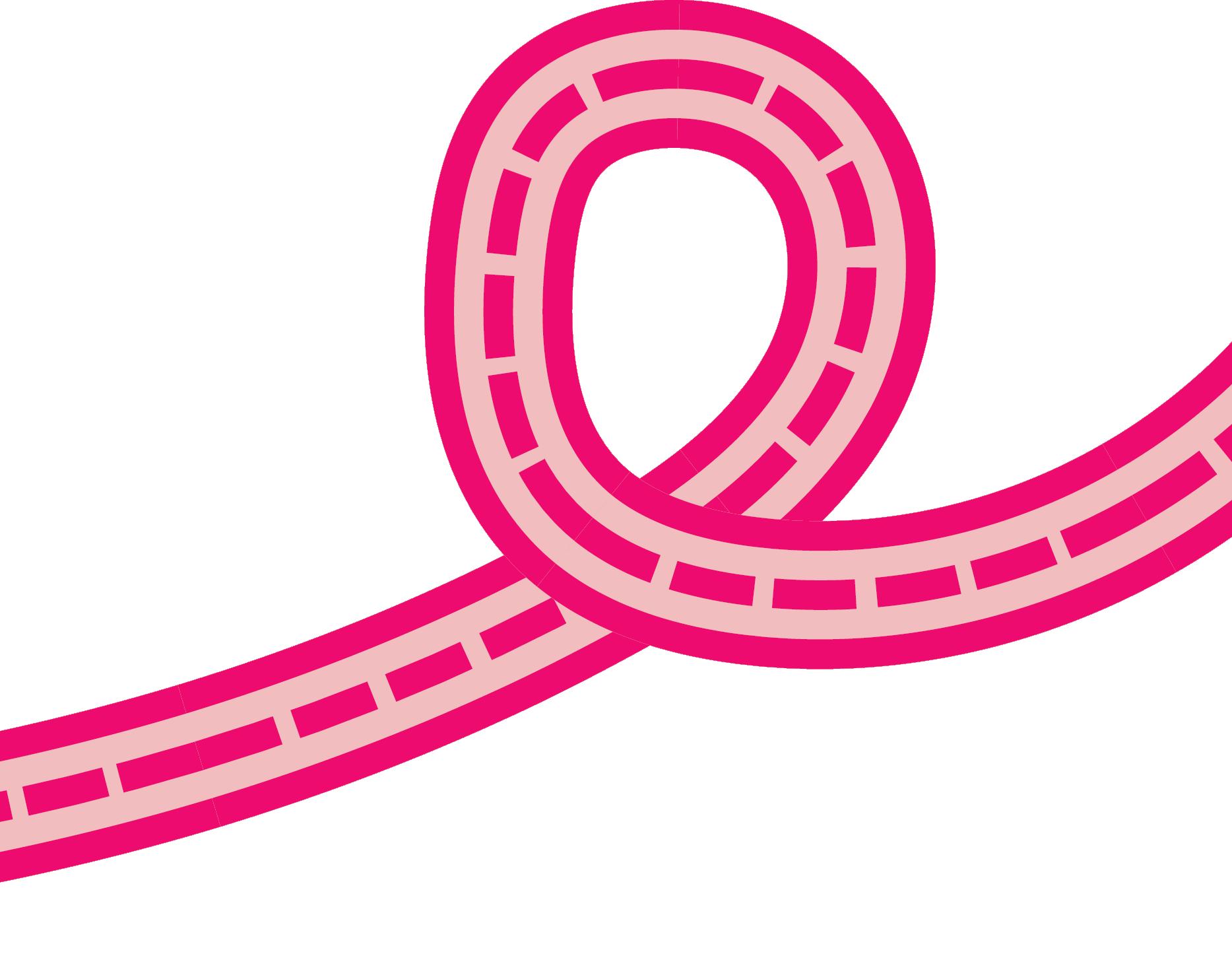
what we love from childhood, such as dolls, arts and crafts, and especially the color pink. Suppose adult women choose to maintain these elements of their lives as they grow up, such as wearing a pink outfit or owning dolls and toys. In that case, they are deemed “childish” or “immature,” and thus not taken seriously, even though it is socially acceptable for boys to preserve parts of their childhood, such as playing video games or sports. Not to mention, stereotypically feminine activities that can be carried into adulthood, such as makeup and fashion, are also treated as trivial and unserious, even if they are things women are expected to take an interest in. So, what does it mean when women not only embrace the tropes of femininity but go even further by reclaiming elements of girlhood we were pressured to let go of?
In the past year, we have seen a major influx of women truly embracing what they love without shame, which isn’t easy considering that women’s interests are consistently not taken seriously. Adult women have been going in droves dressed in
TERRI KANG
sparkly pink outfits not only to theaters to watch Barbie, but also to stadiums to see Taylor Swift and Beyoncé, who are both well-known for their feminism and unabashed expressions of womanhood. TikTok has also become a platform for women to showcase creative endeavors and share their passions without judgment, creating a space for women to engage in discourse about relationships, being a woman in the workforce, and self-care. With this modern reclaiming of quintessential “girly” behaviors and activities, women can truly embrace who they are and feel free to share their passions with others. The reclaiming of pink is just one example of how modern women can embrace their childhoods and not have to strip away the things they loved as girls. Though Barbie opened the doors to women rekindling what they loved in childhood, this is only the beginning of a reclamation of girlhood for generations to come.
WRITER
AVA SHAPIRO
GRAPHIC DESIGNER
29
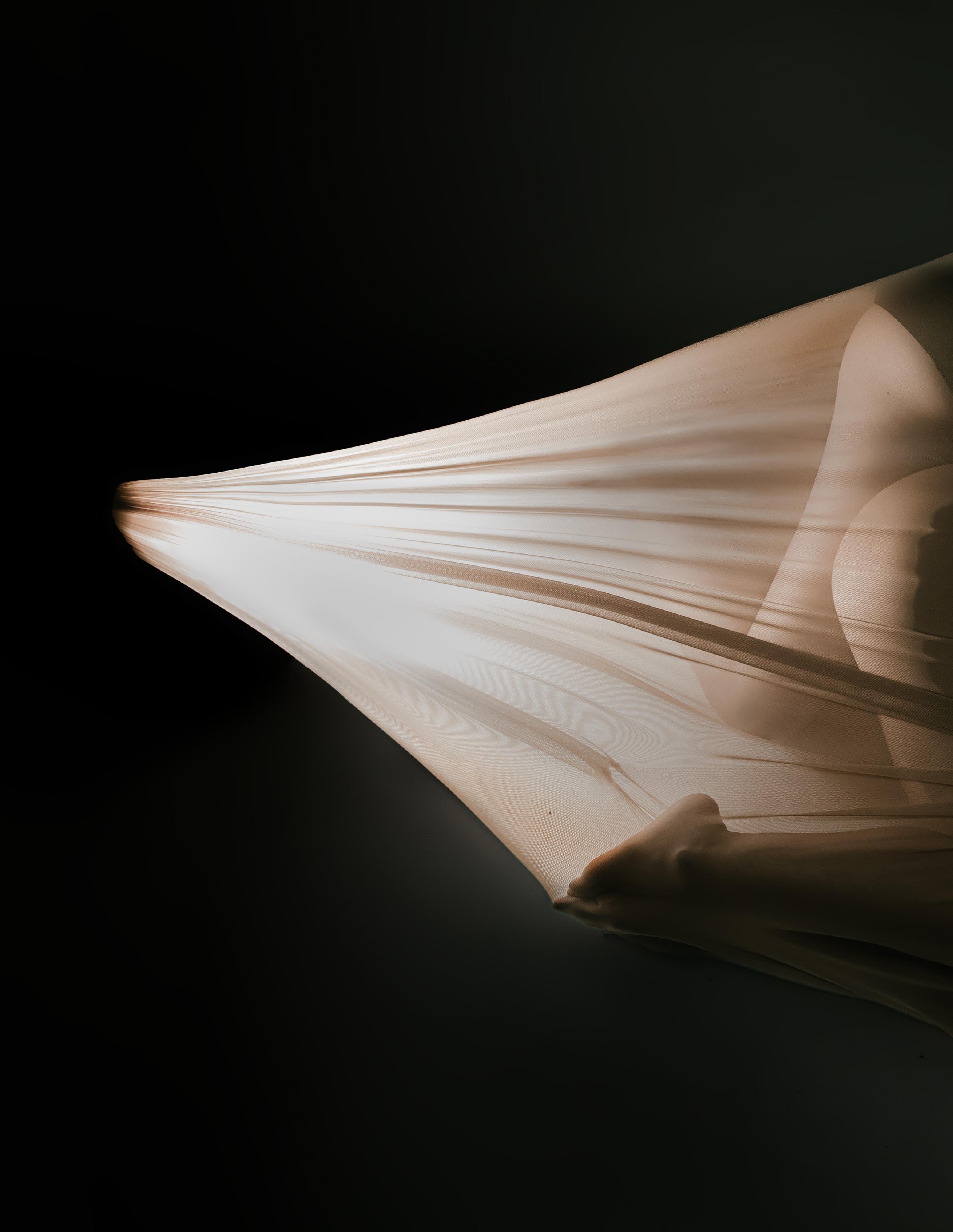
RETURN TO ORIGINAL

31




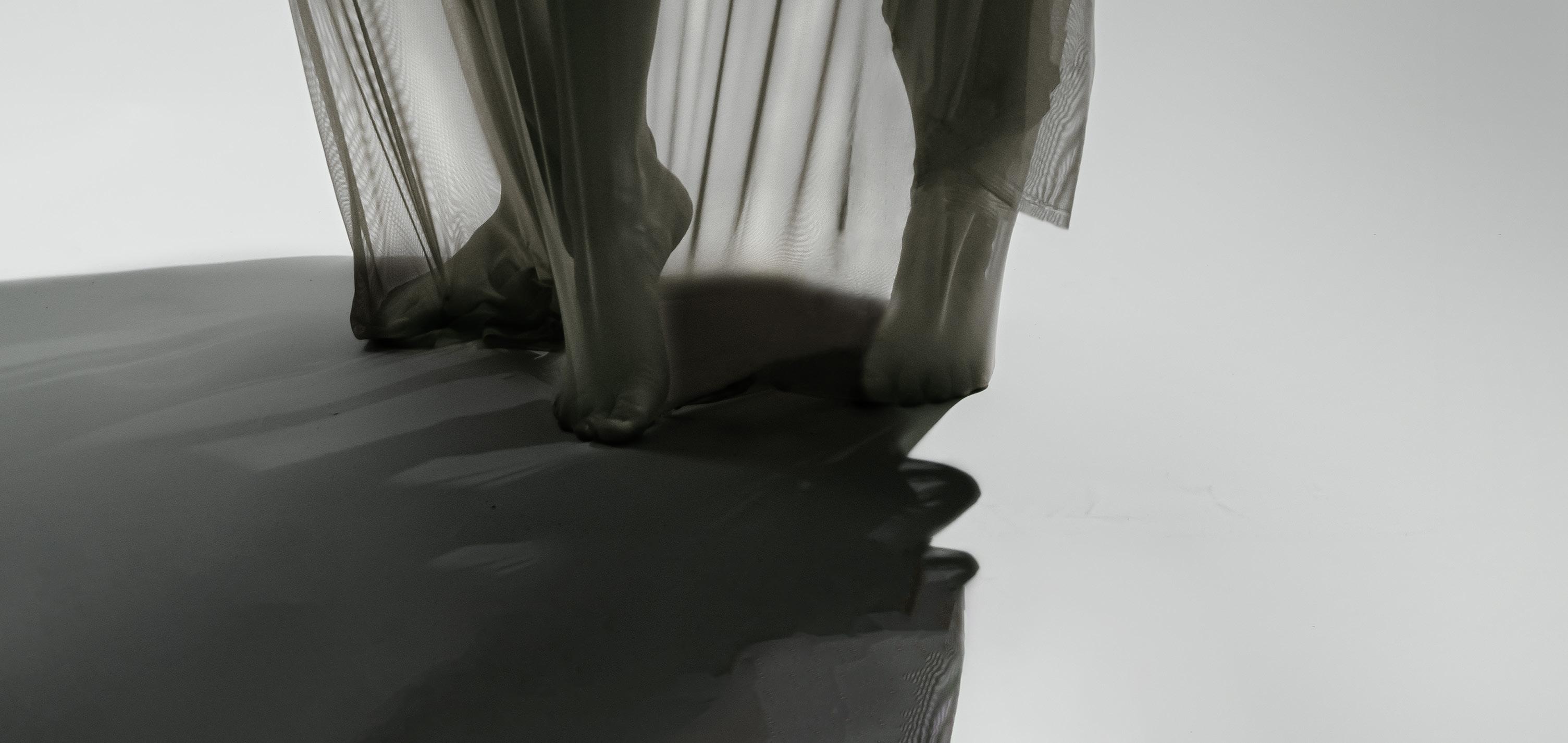







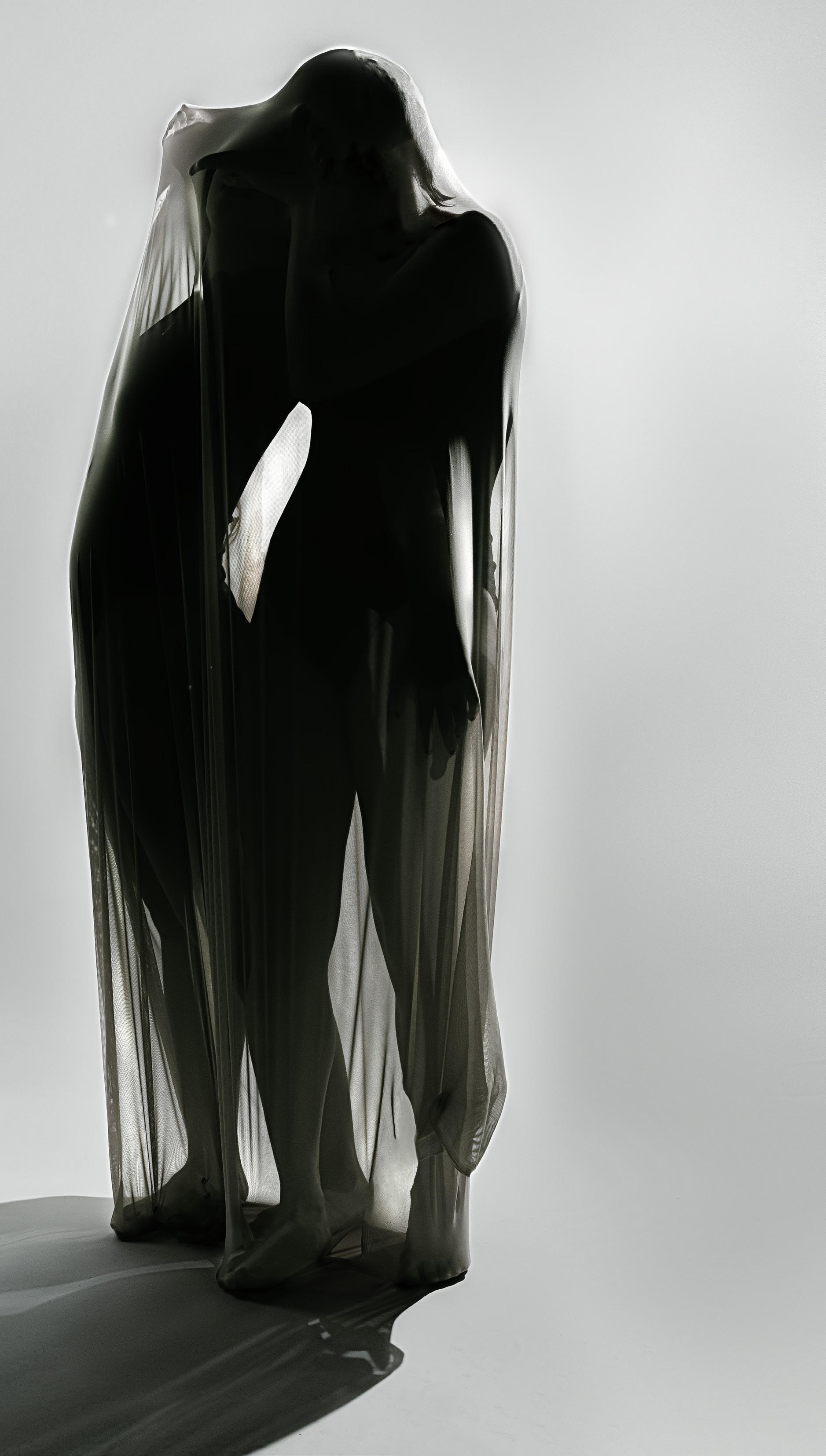
33




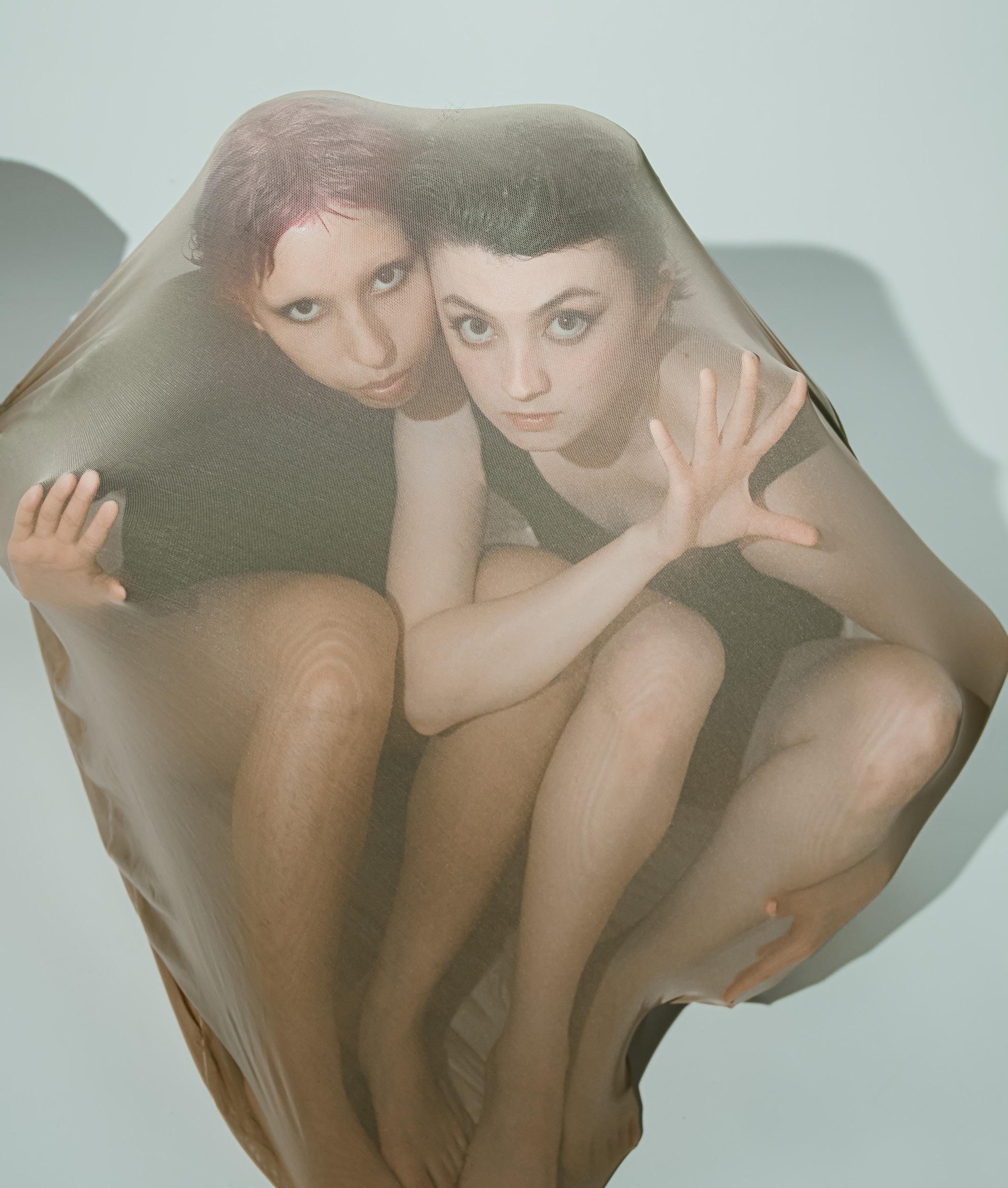
PHOTOGRAPHERS
SINYU DENG
CARLY NICHOLS
STYLIST
DANA GRAY
GRAPHIC DESIGNER
MARGARET LAAKSO MODELS
MIA BROOKS
AMELIE VIDRIO
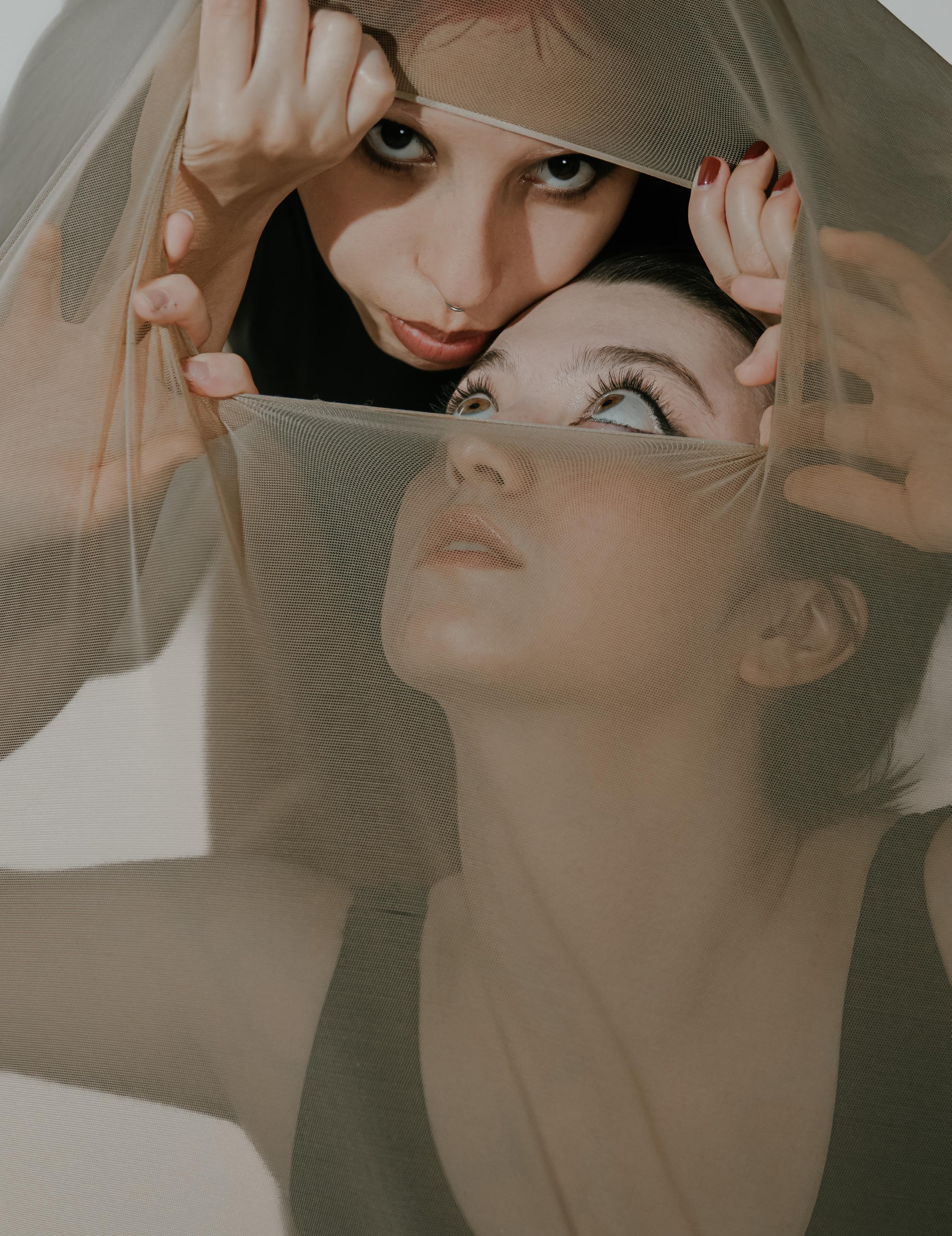
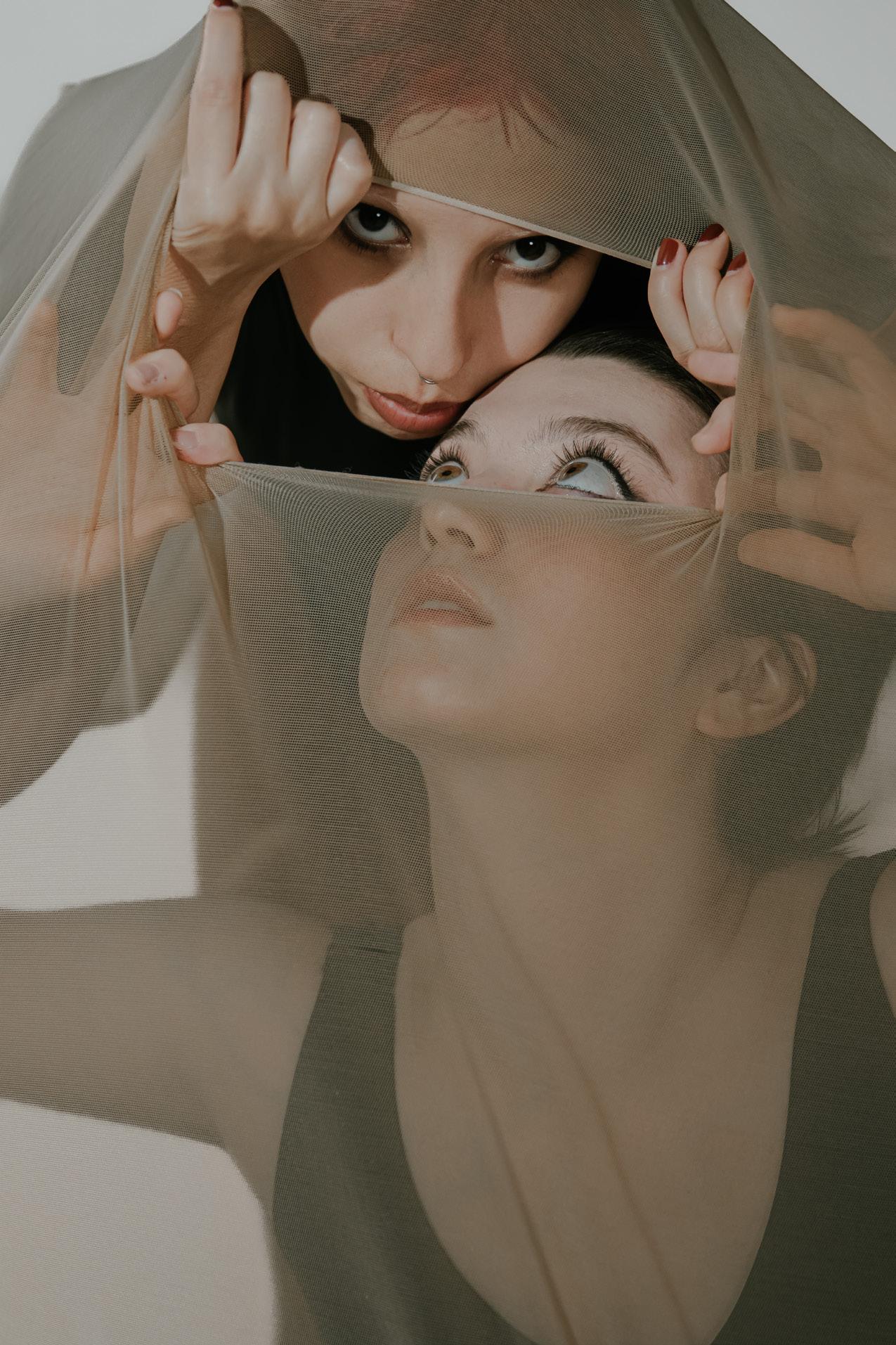
35







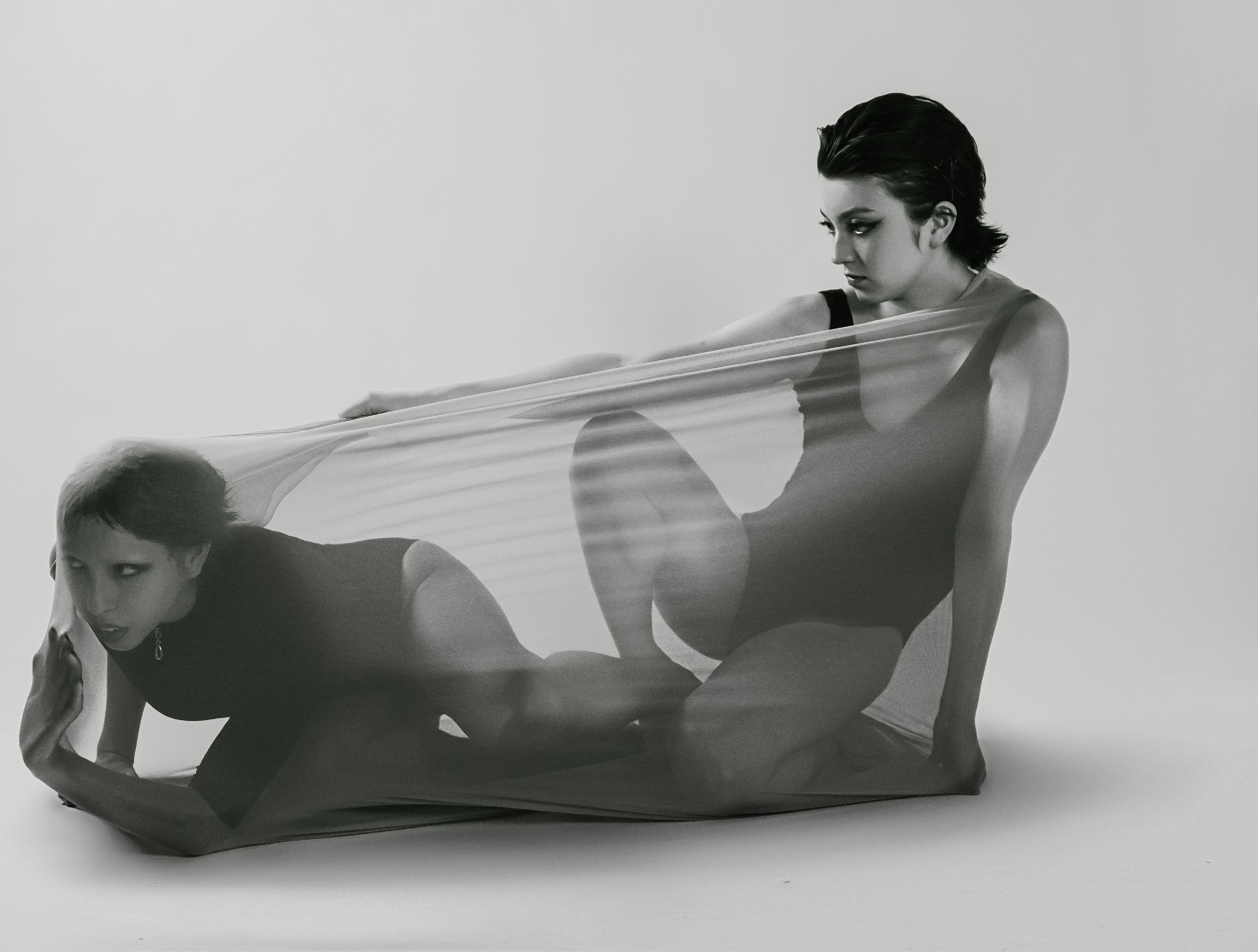
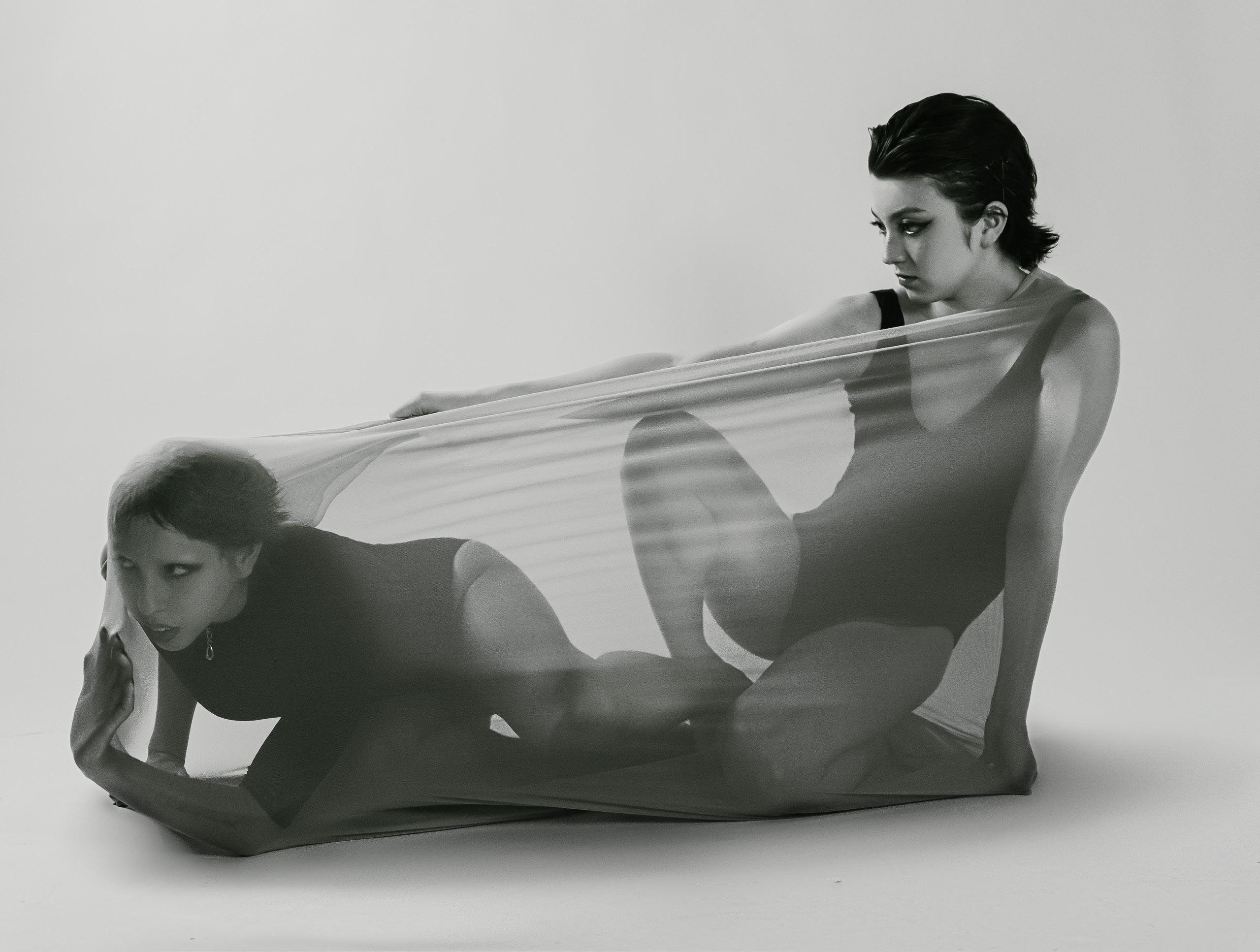
37



39


41


43
HAIR
ADDISON FOOTE RYLEE CLEVENGER (ONE ELEVEN SALON)
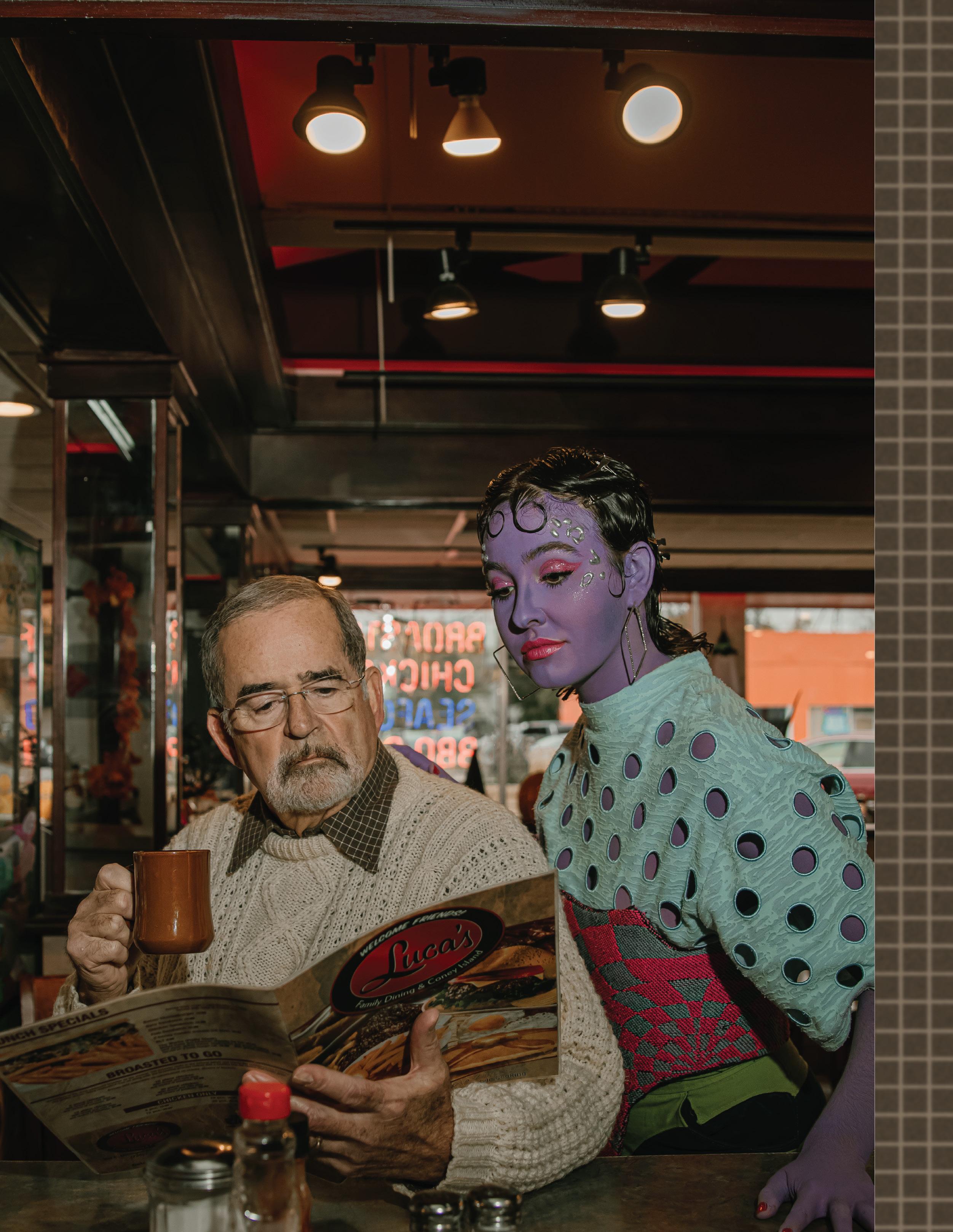 Corset Top - Venus Stanton
Green Pants - Venus Stanton
Corset Top - Venus Stanton
Green Pants - Venus Stanton

45

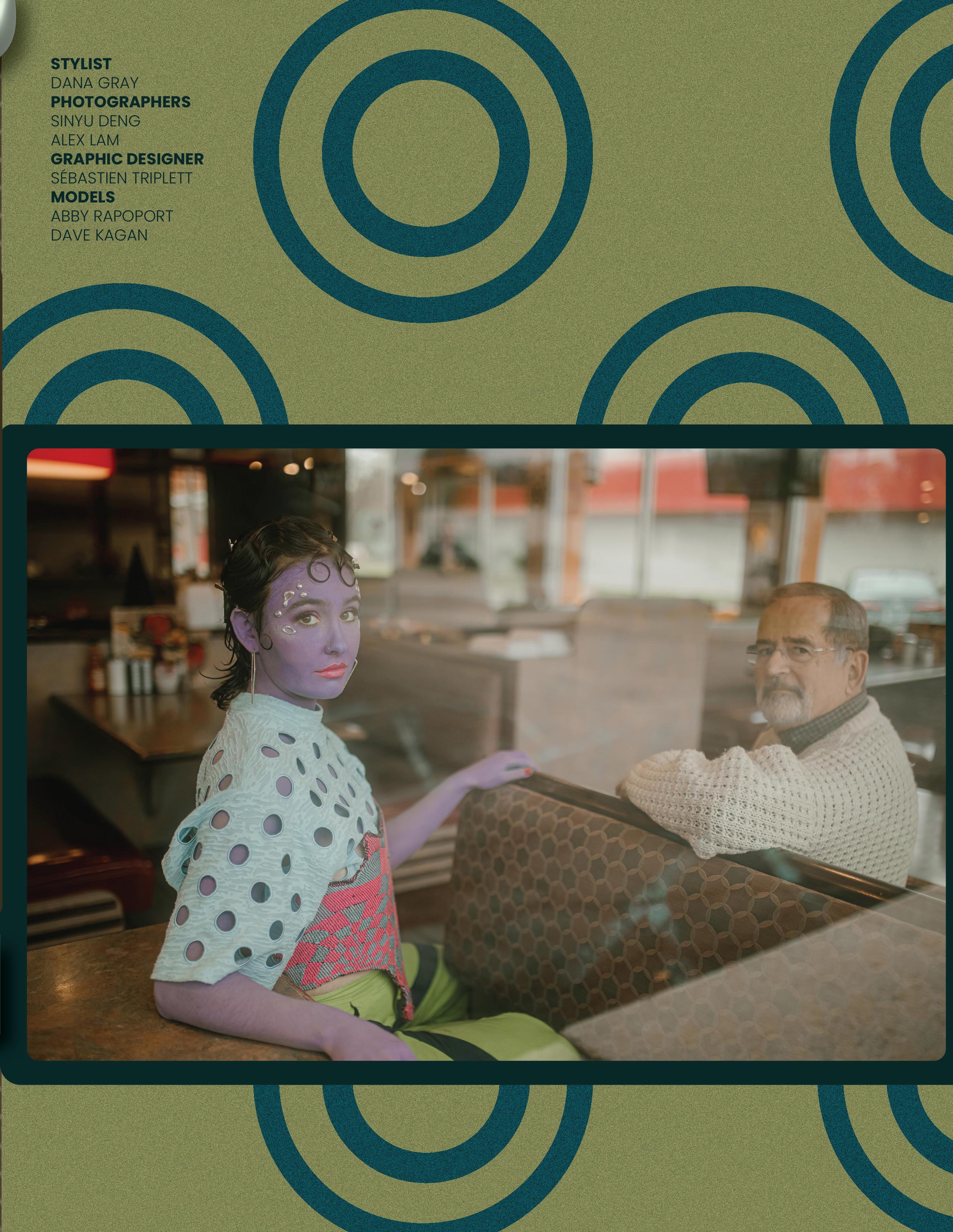
47
Meet Cute The Quest for a
Iwant to present two scenarios:
Scenario A:
A man and a woman wait in a restaurant for their takeout orders. They stand an awkward distance apart, taking careful note not to reside too close to each other. Outside, rain pours from the sky, splattering against the cracked concrete and filling the restaurant with steady background noise. The sounds of rain are faint, and are often overpowered by chefs yelling in the back or the hostess taking carryout orders by the door. The lights inside are dim, casting a pale, yellow haze over the man and woman, who are the lone patrons in the takeout area. The man slouches in his faded, straight leg jeans and pulls at the sleeves of his ugly knit sweater. He glances over at the woman with curiosity, but her eyes stay glued to her phone, actively avoiding making eye contact with him. He shifts his gaze back towards the floor and begins to study the worn, black and white checkered floor tile, only to be interrupted by the sound of his ringtone playing at an absurdly inappropriate volume. The woman laughs softly as a small act of acknowledgement (finally), and his face turns red as he embarrassedly rushes to turn off his phone. “A chicken tortellini,” calls the take-
WRITER
MYA FROMWILLER GRAPHIC DESIGNER BAILEY HWANG

out hostess. The man and woman nearly bump into each other as they both step forward, and the carefully curated space between them quickly dwindles. Realizing they both ordered the same thing, they make eye contact for a second too long and awkwardly pause before the takeout counter. “For him,” the hostess says as she nods towards the man, and the woman backs away. The man approaches the counter and pays for his food. “Have a good night,” he says to the hostess as he turns around and walks toward the door. The little bell on the door rings softly as he leaves, and the room falls silent. However, the restaurant remains quiet for only a second before the silence is once again interrupted by the horrid ringtone of the man’s phone, which lies on the takeout counter. The woman goes up to the counter, grabs the phone, and walks briskly out the door and into the rain. She calls after him, and the man turns around and walks towards her. They stand under the ripped red cover of the restaurant as rain pours around them and the rest is history…
Scenario B:
Two people, a man and a woman, wait inside a restaurant for their take out orders. They both stand uncomfortably because it was
raining outside and now their clothes are soaked. They make awkward eye contact a few times, but often prefer to look around the restaurant instead. The man’s phone rings at an embarrassingly loud volume and the few people in the restaurant stare at him, which makes him feel extremely embarrassed. This moment may or may not haunt him for the rest of the night. The hostess calls out an order for food, and although they both step forward, he realizes it’s his order and he leaves. His phone rings, because he left it on the counter, and although the woman thinks about returning it to him, she chooses to wait for her food instead. He’ll come back for it soon enough anyways, she thinks. These two scenarios were constructed from the same elements: a rainy night, a man and a woman, a take-out counter, and an embarrassing ringtone. Our reality often mirrors the second story instead of the first, but it is so fun to fantasize! Scenario A is an example of a “meet-cute,”a concept that originated from film culture and describes how two romantic leads of a story meet in a movie. Most good rom-coms feature some kind of meetcute, and filmmakers have become especially talented in weaving these meet-cutes into the mundane events

49





51

PLAY DATE



53


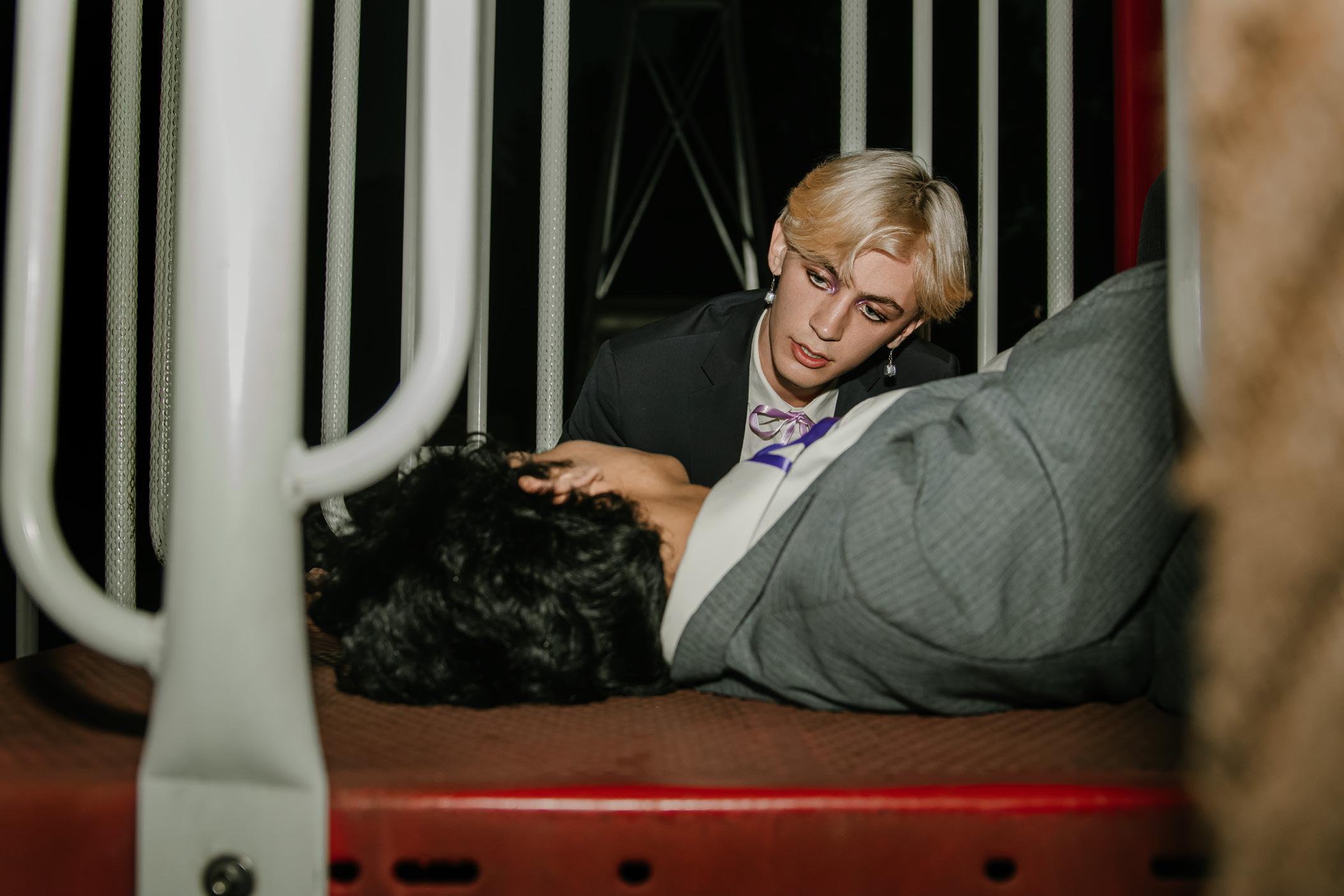



55




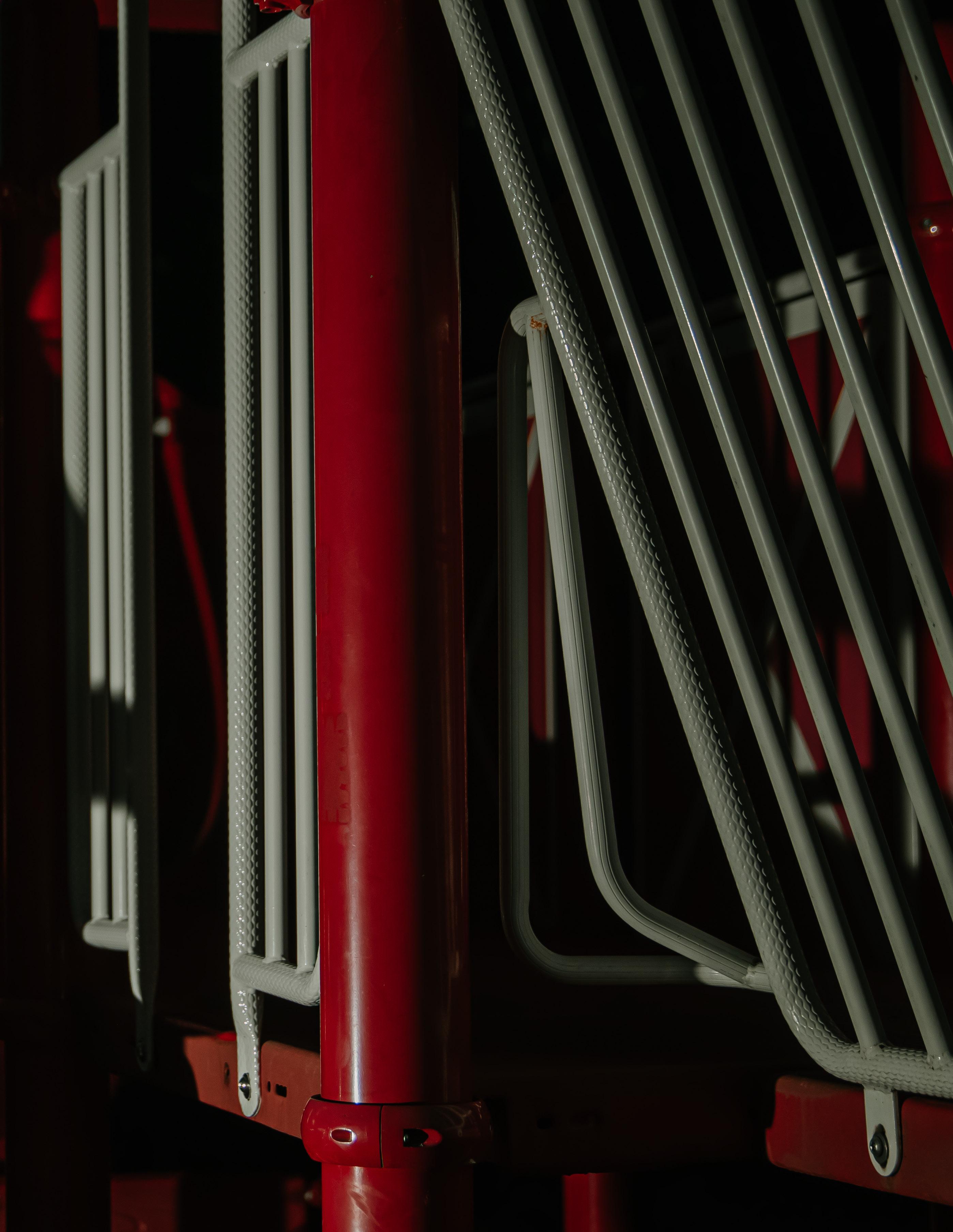

57


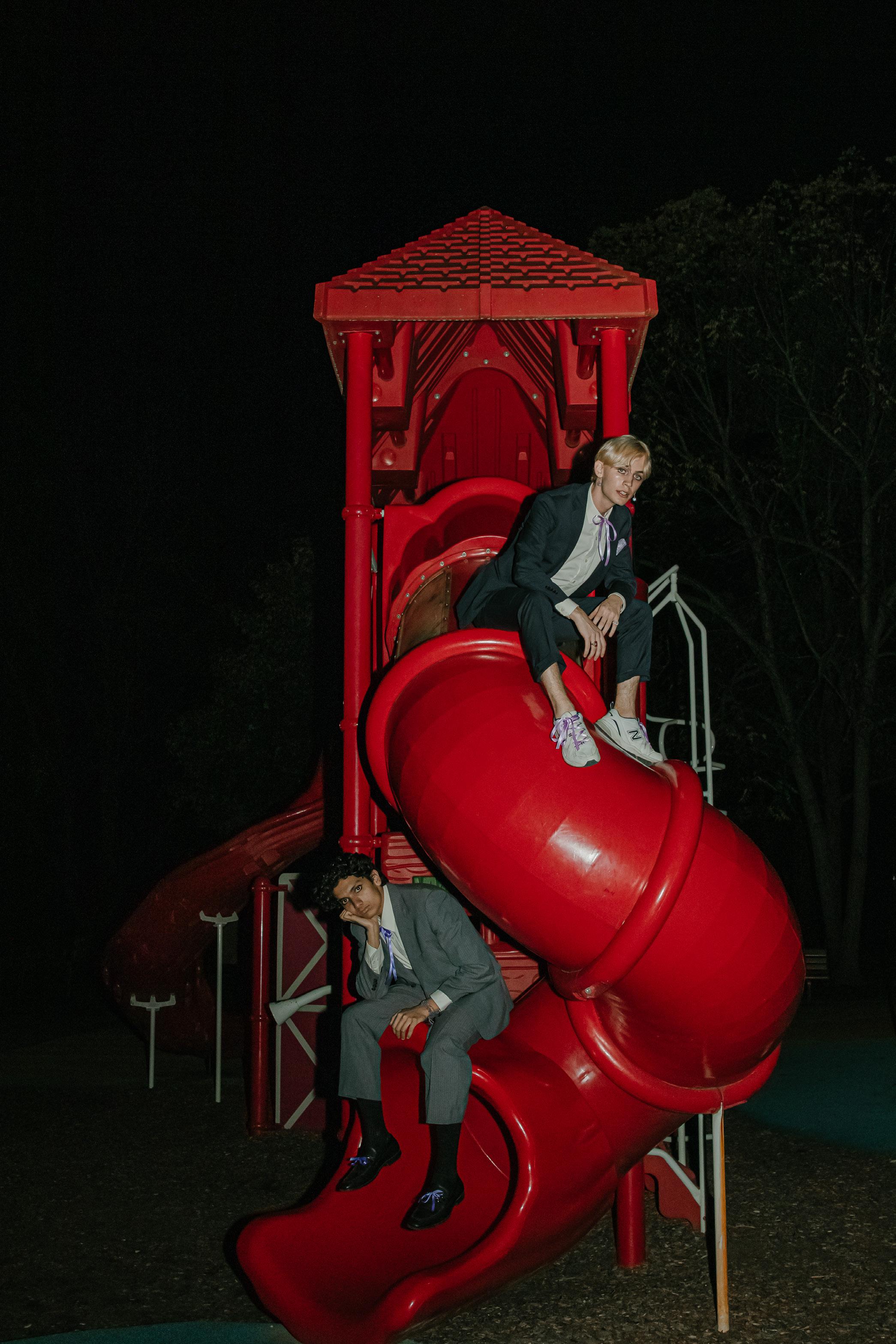

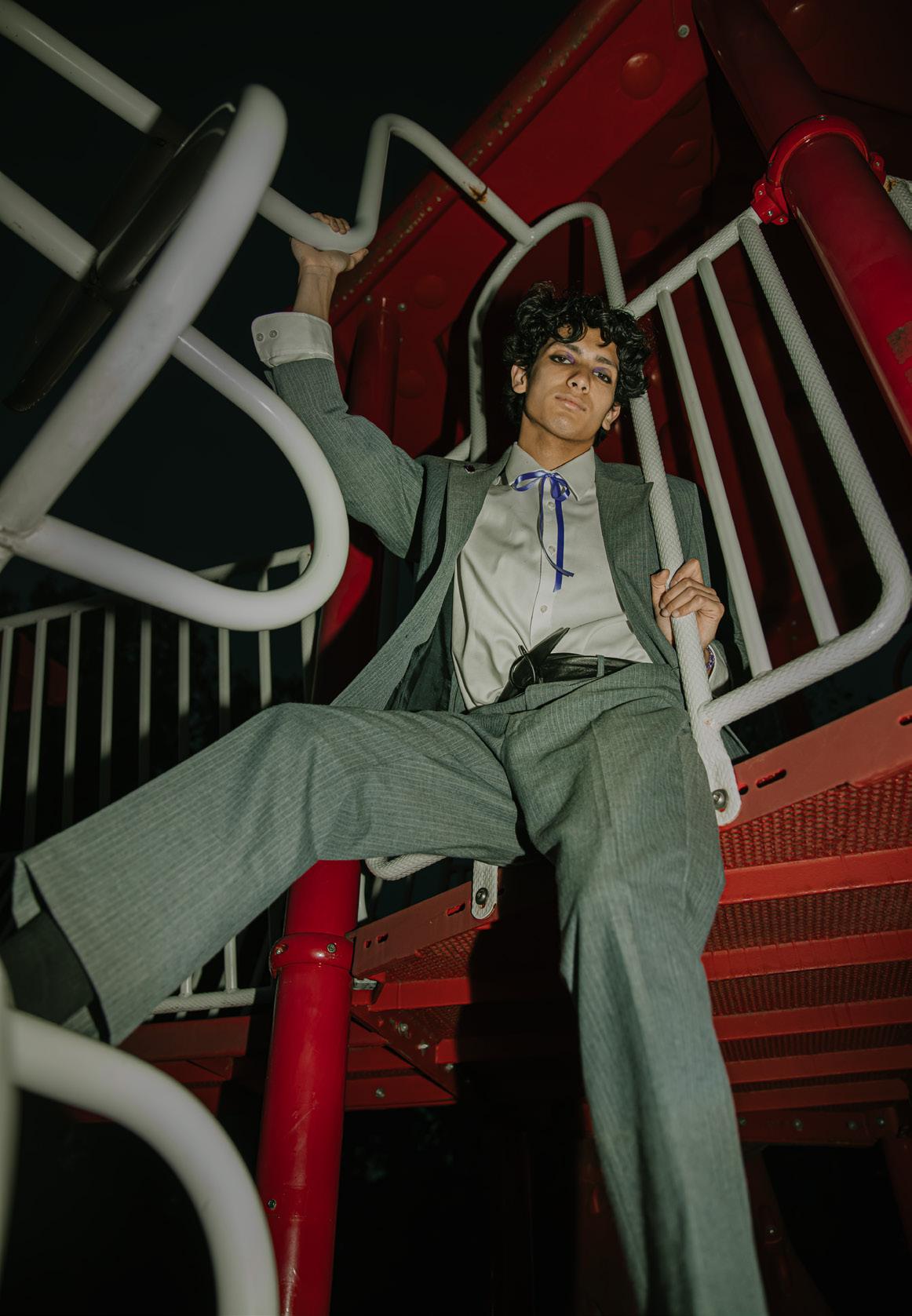
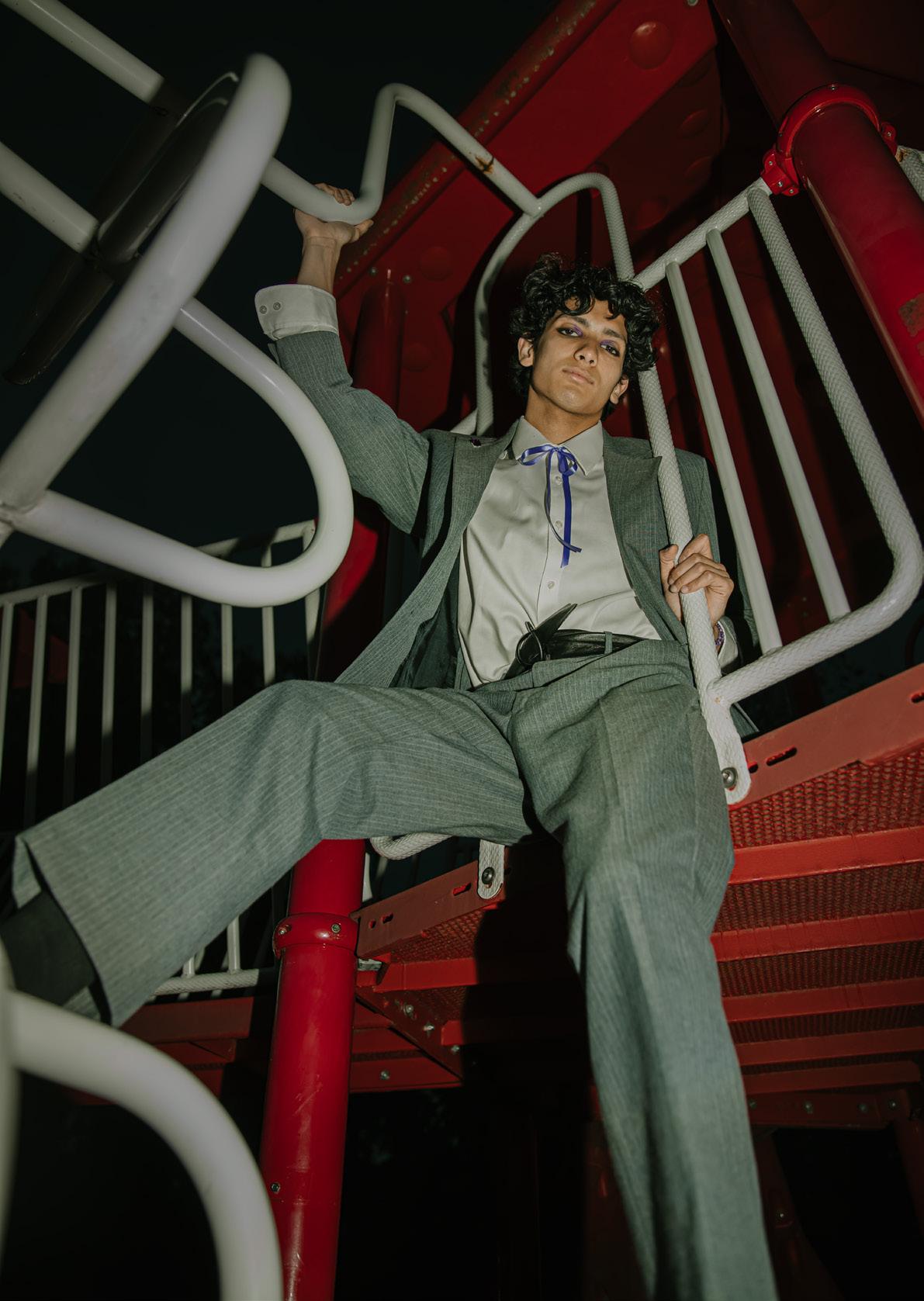
STYLIST
DANA GRAY
PHOTOGRAPHERS
SINYU DENG
ALEX LAM
VIDEOGRAPHER
CARLY NICHOLS


59
DIRECTOR’S NOTE
“What do you want to be when you grow up?” is a question we have all been asked countless times throughout our childhoods. As we grow and change, so do our answers to this inescapable question. When you’re a kid, the future is a bright shiny spot, far in the distance, where anything and everything is possible. Growing up is painful yet exciting, and although it never goes exactly according to plan, we all have evolved from the children we once were.
I always used to say that I wanted to be an artist when I grew up. Now that I am, in a sense, “All Grown Up,” I’m about to graduate with an art degree. This dream is well within reach. Even though I am technically an adult, there is a deep urge within me to cater to my inner child.
In the ideation and execution of creating this issue, I thought a lot about childhood memories. Each shoot is based on an adolescent trope. Although growing up is not always easy or fun, we wanted this issue to pay a joyful homage to the uninhibited creativity that kids are born with. When do we lose this quality? How do we return to it?
This issue was a true delight to work on. The print team made this idea come to life in the most wonderful way. Thank you so much for checking out our hard work, I hope you have enjoyed it just as much as I do!
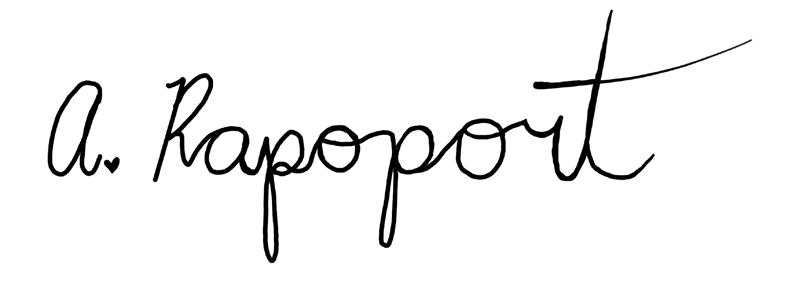 Abby Rapoport Creative Director
Abby Rapoport Creative Director

BEHIND THE SCENES

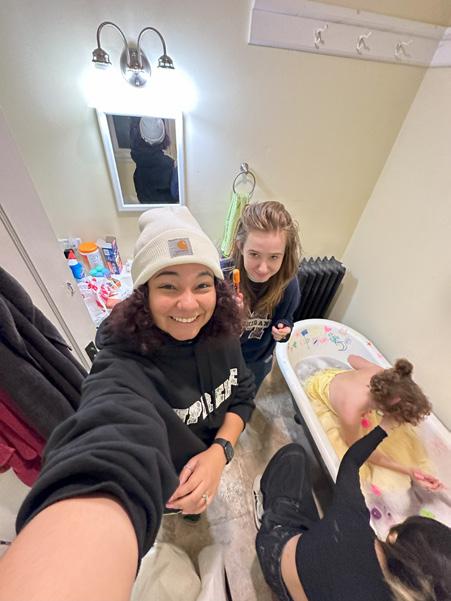
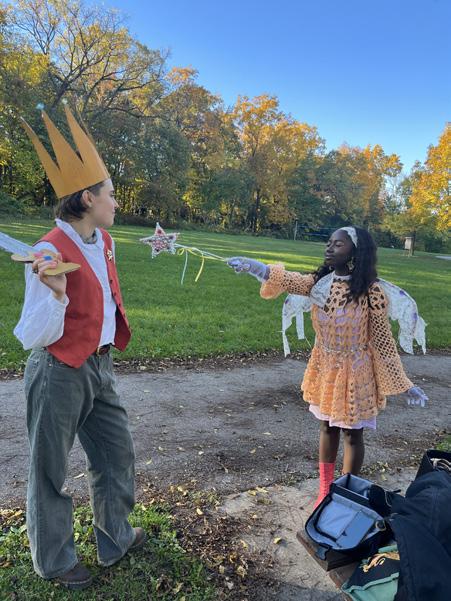




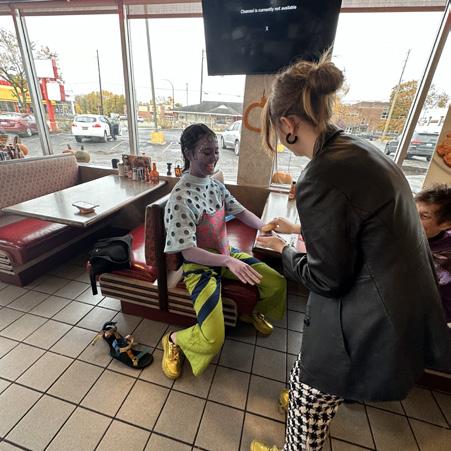

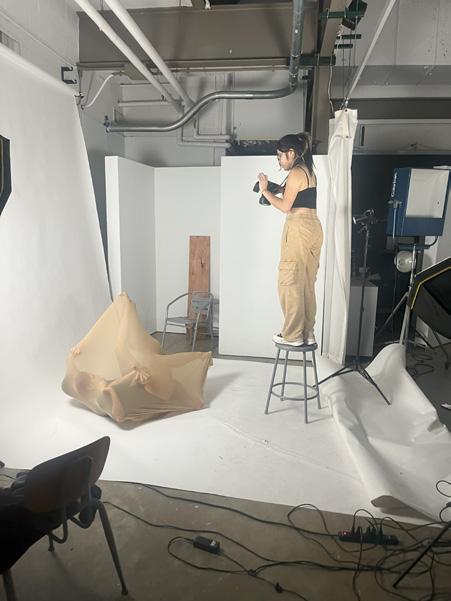

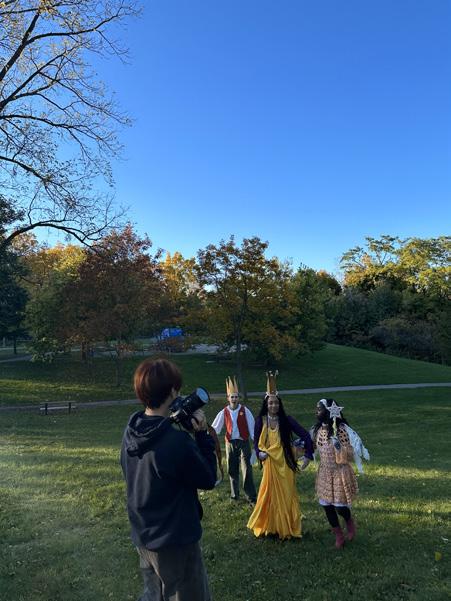
61


ISSUE #46 SHEI MAGAZINE FALL 2023









 Catherine August Print Features Editor
Catherine August Print Features Editor











































































































 Corset Top - Venus Stanton
Green Pants - Venus Stanton
Corset Top - Venus Stanton
Green Pants - Venus Stanton


































 Abby Rapoport Creative Director
Abby Rapoport Creative Director













